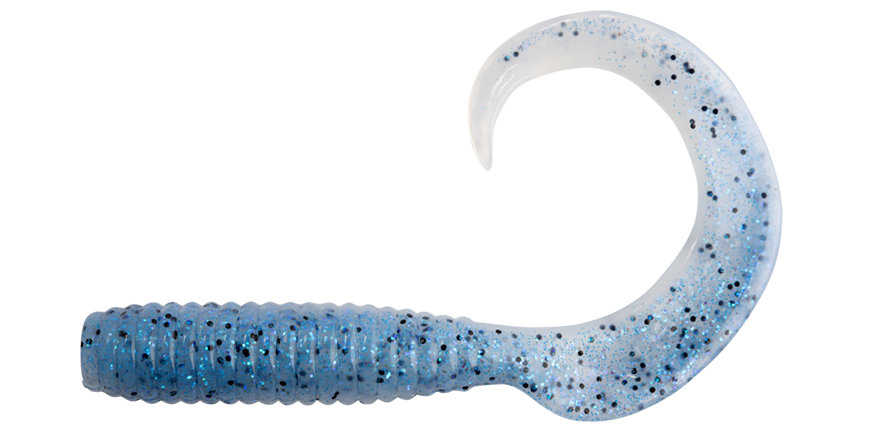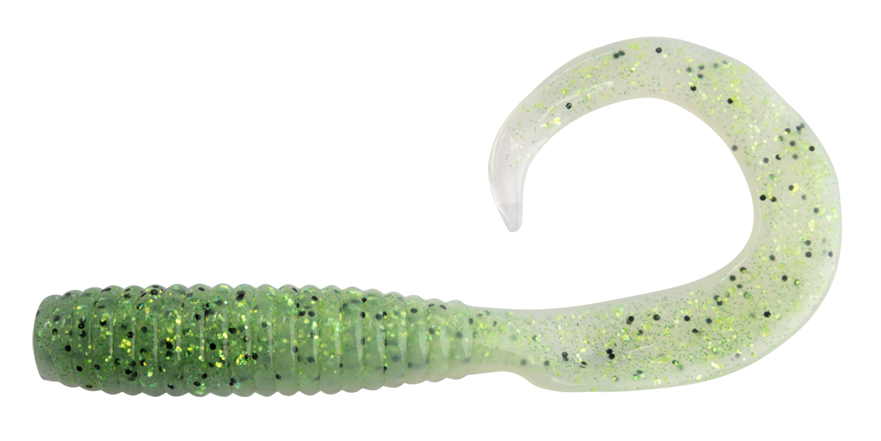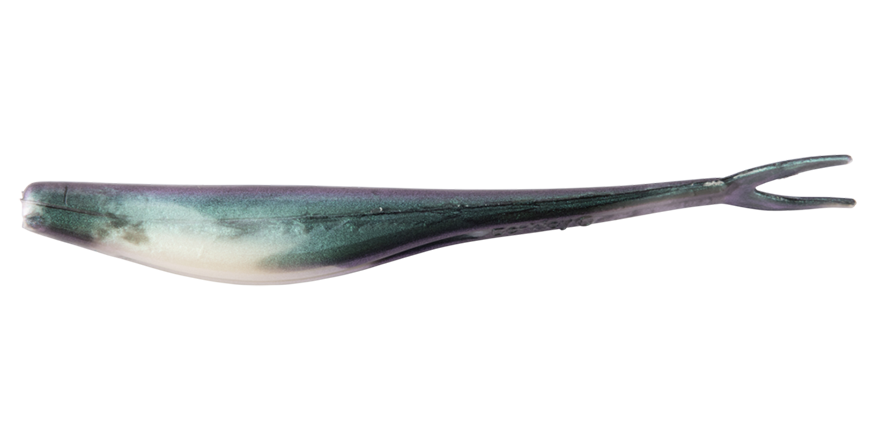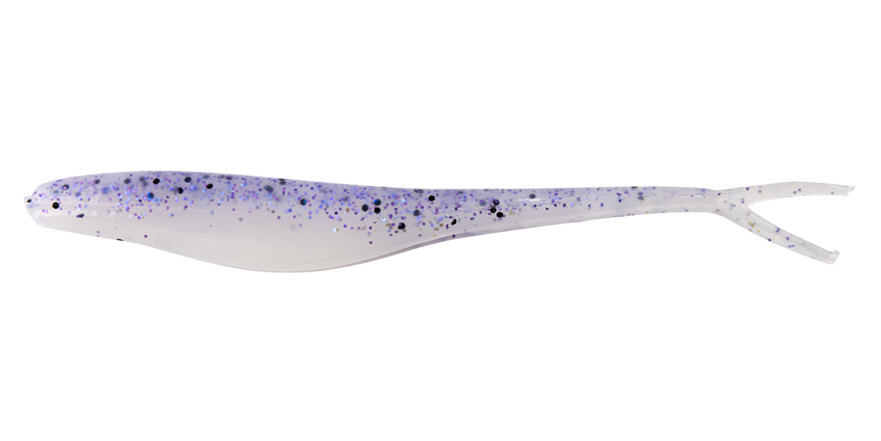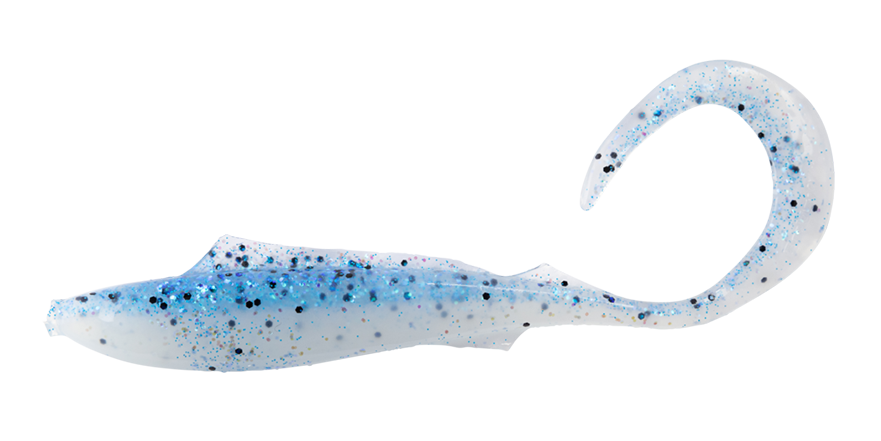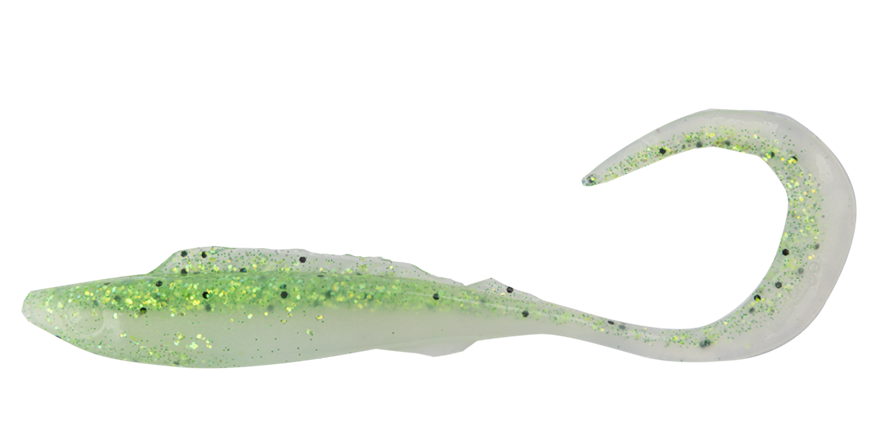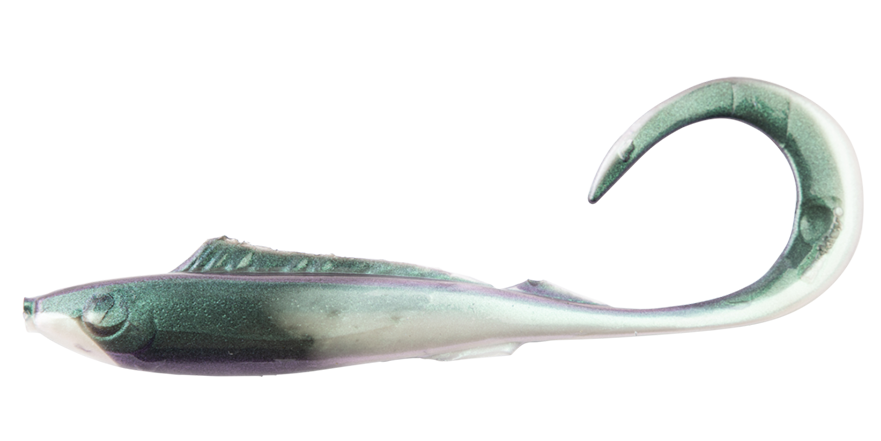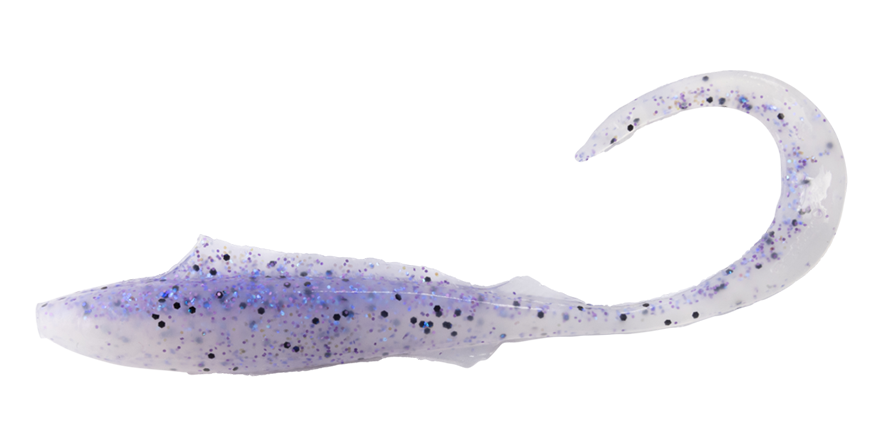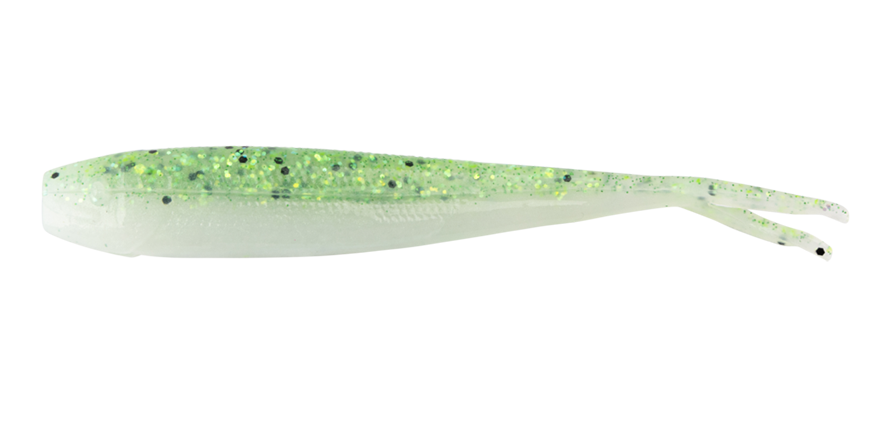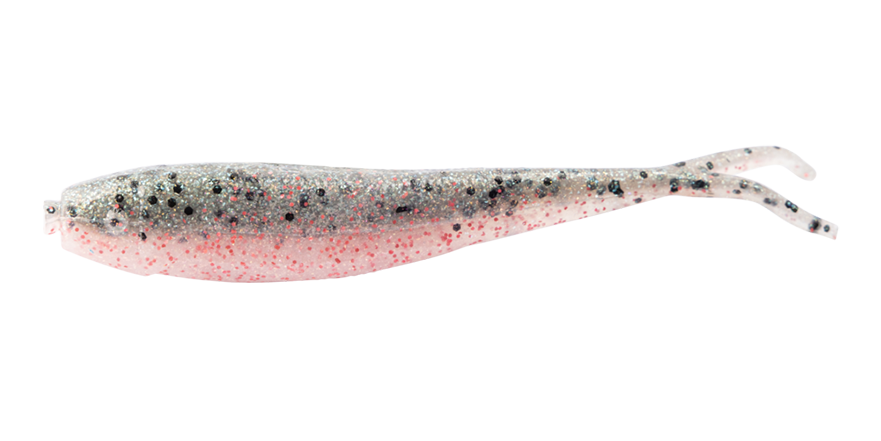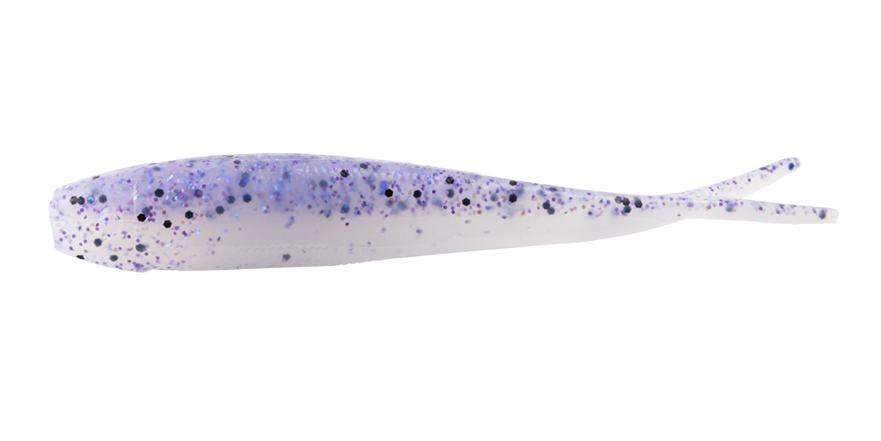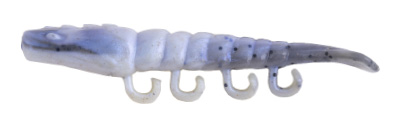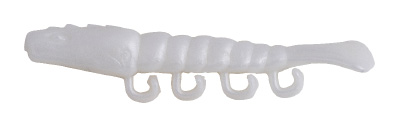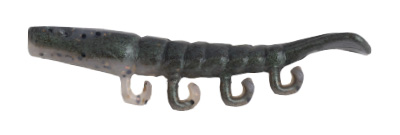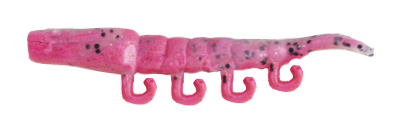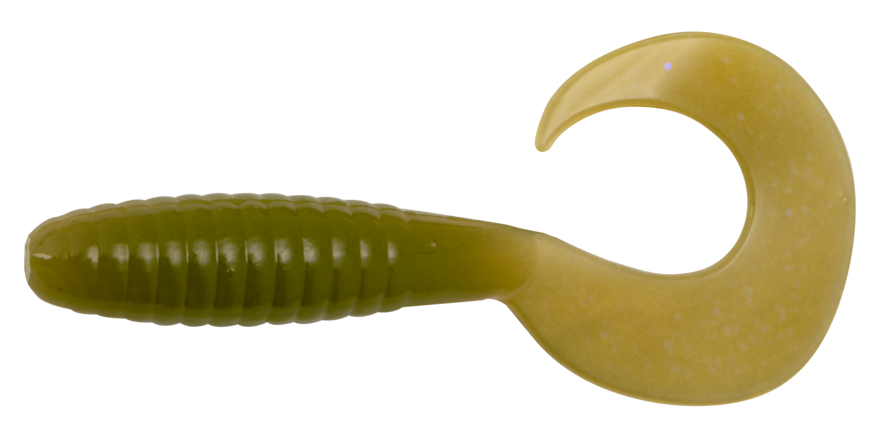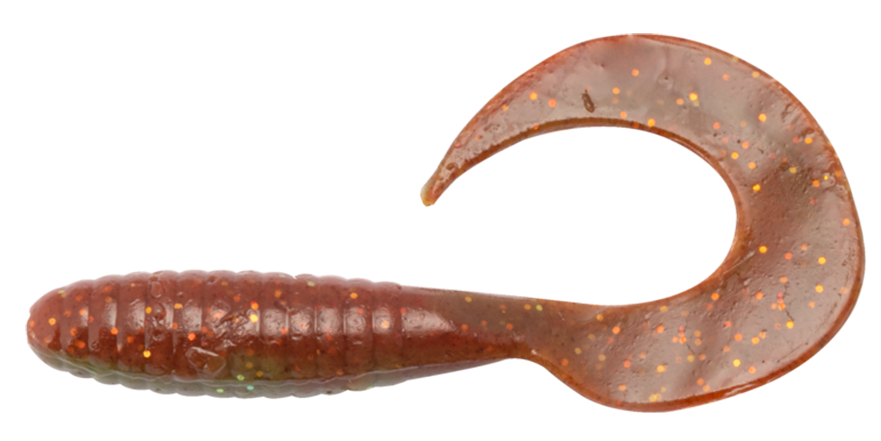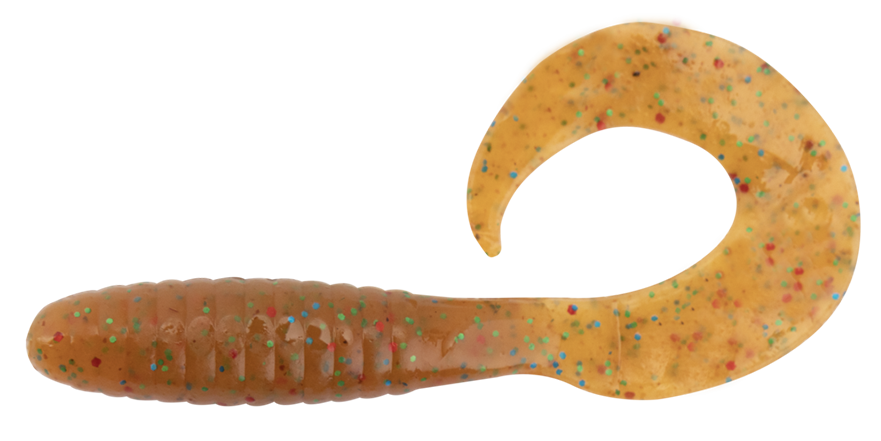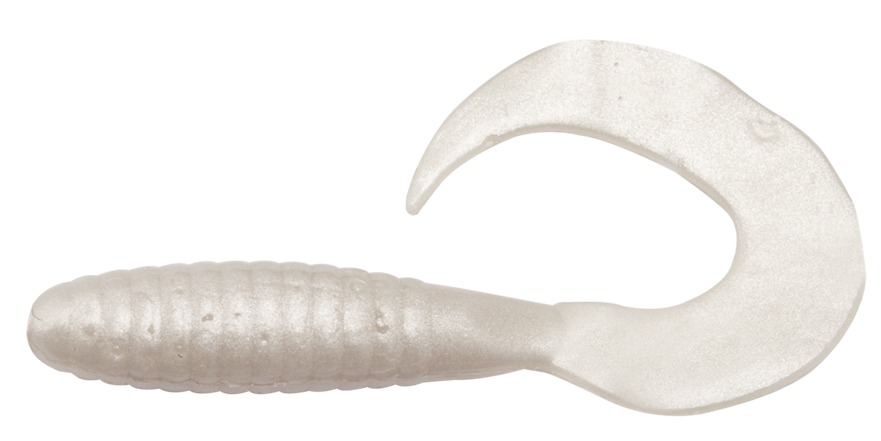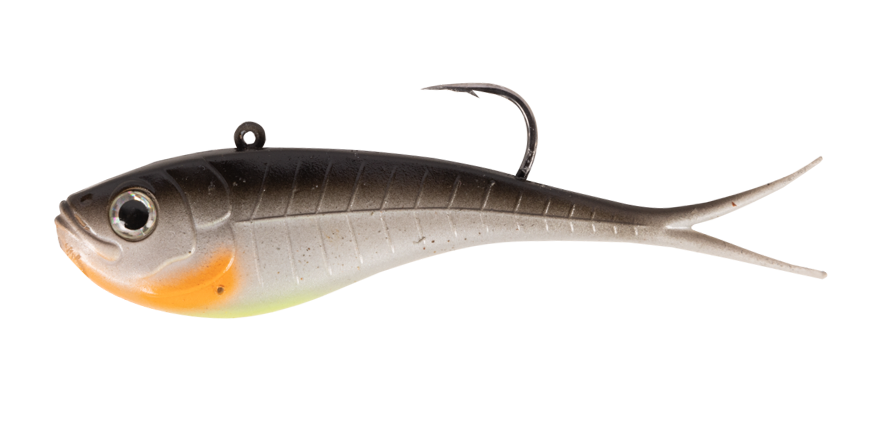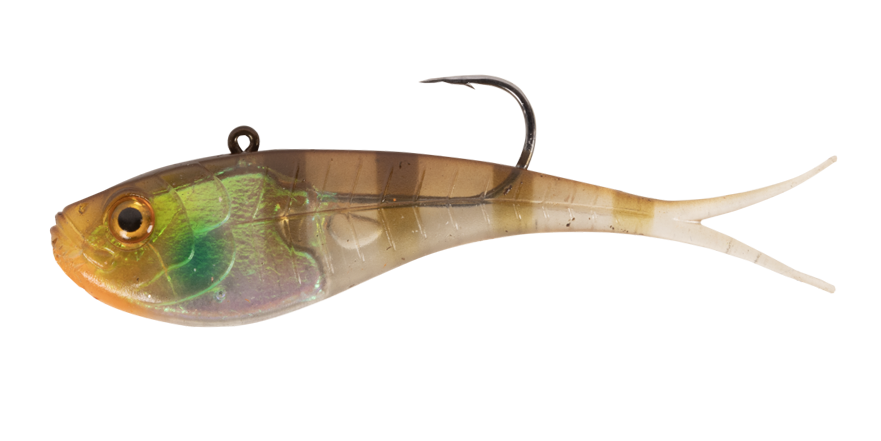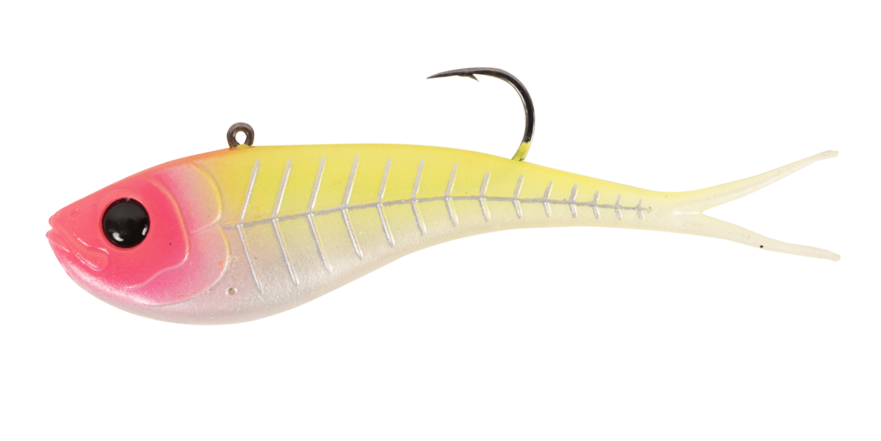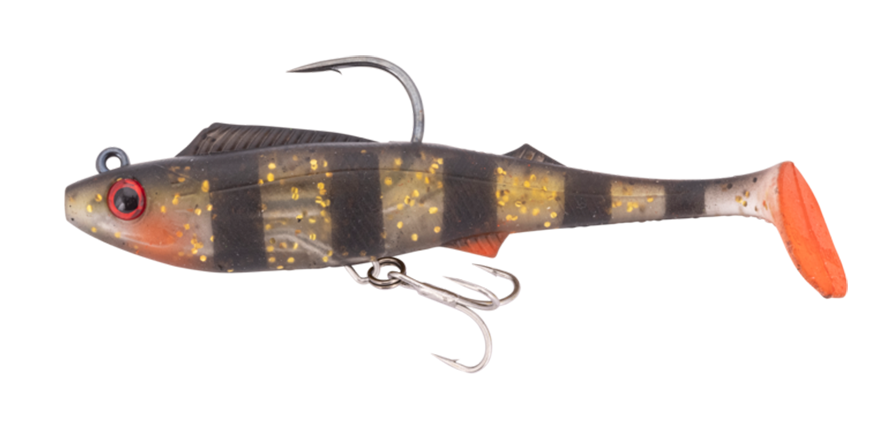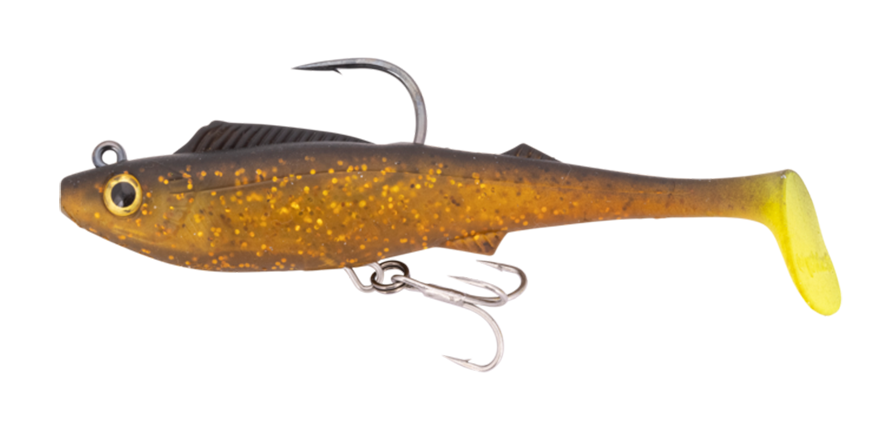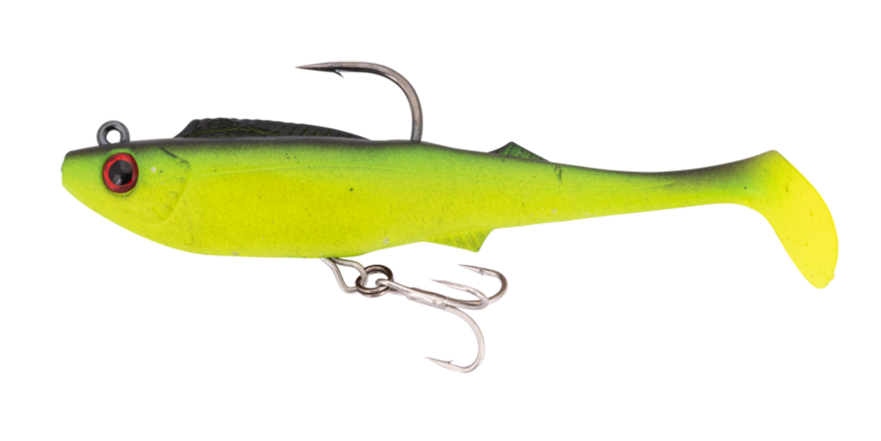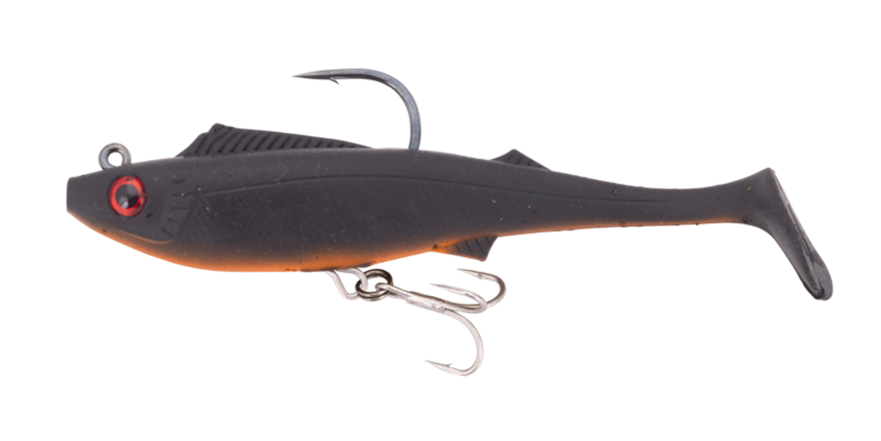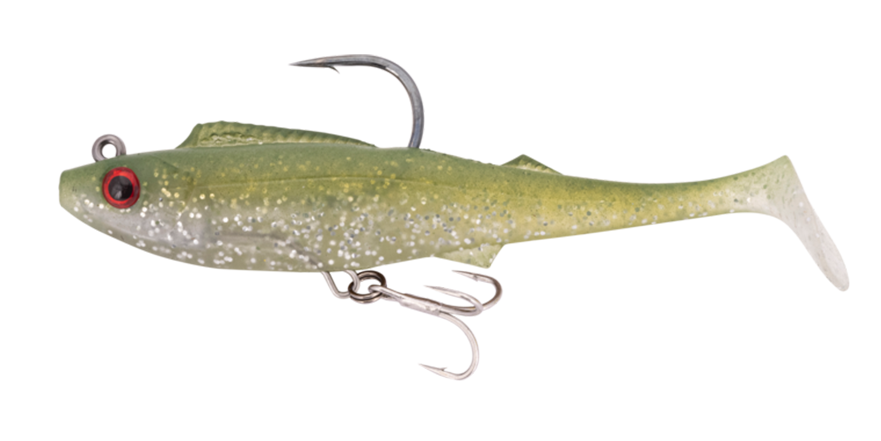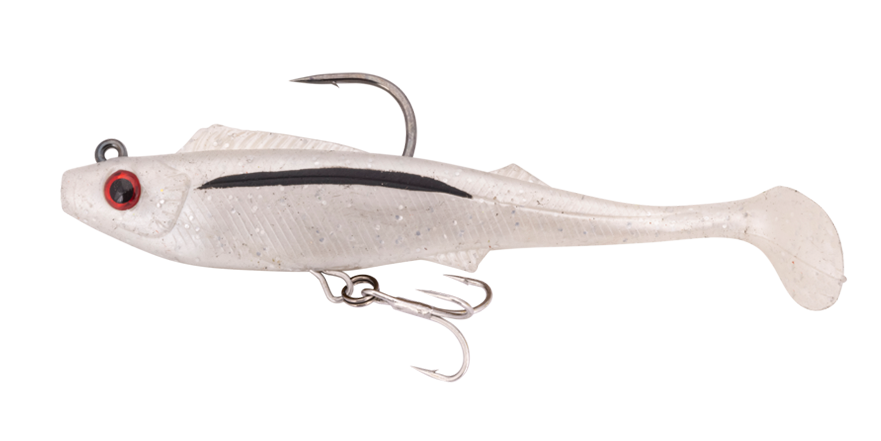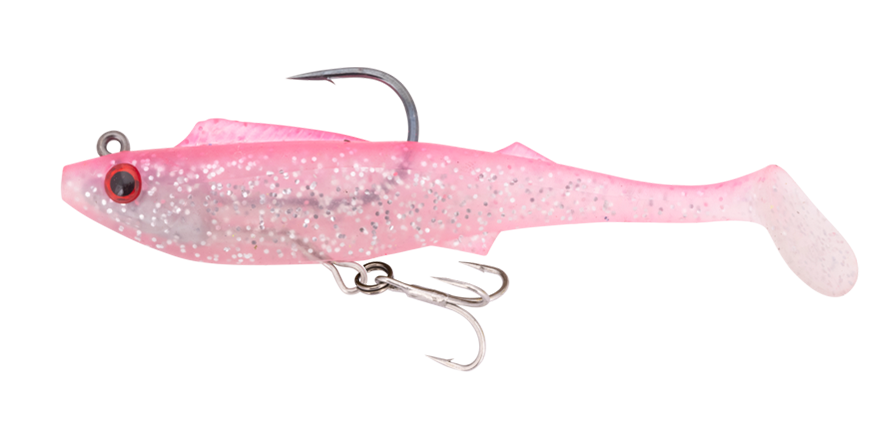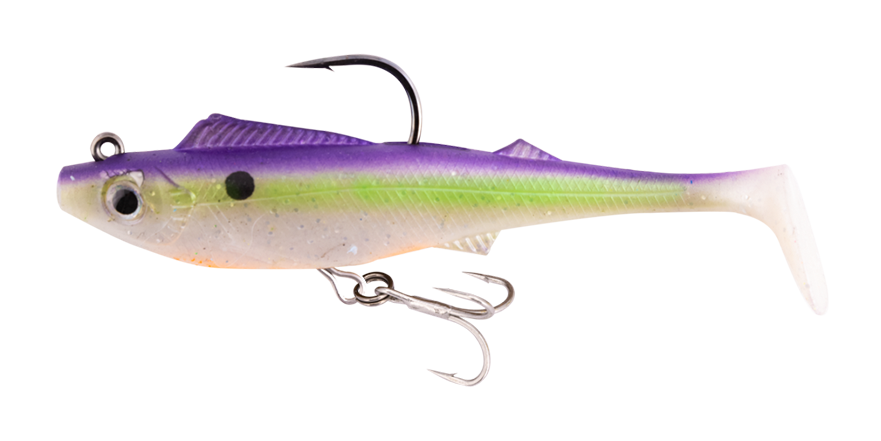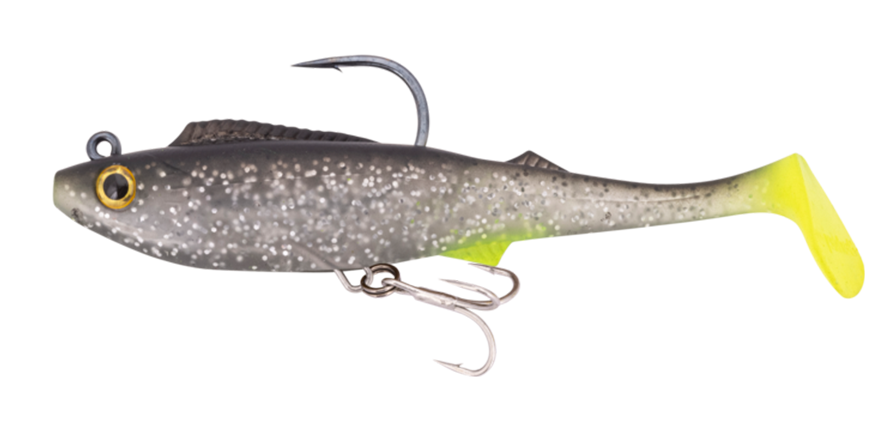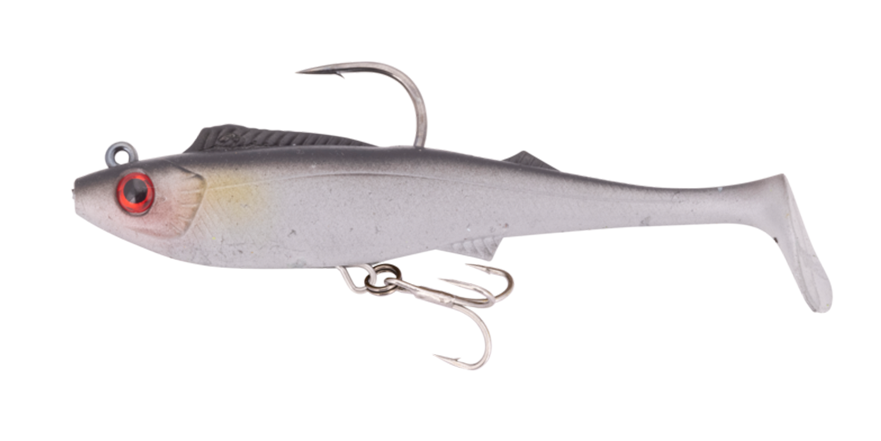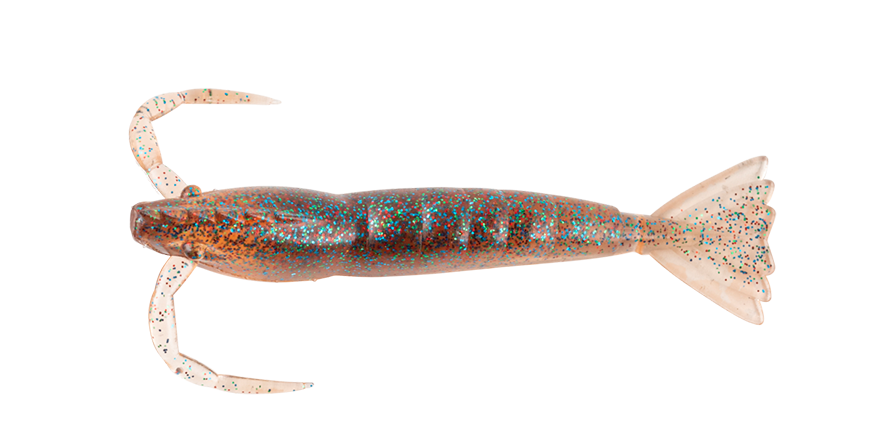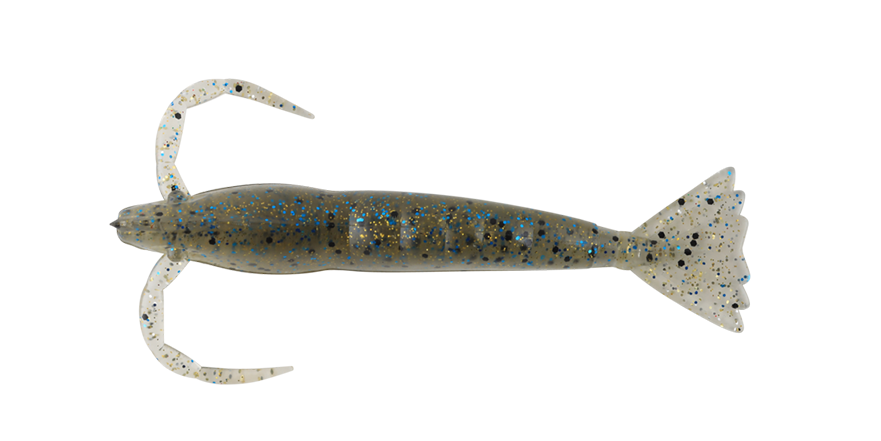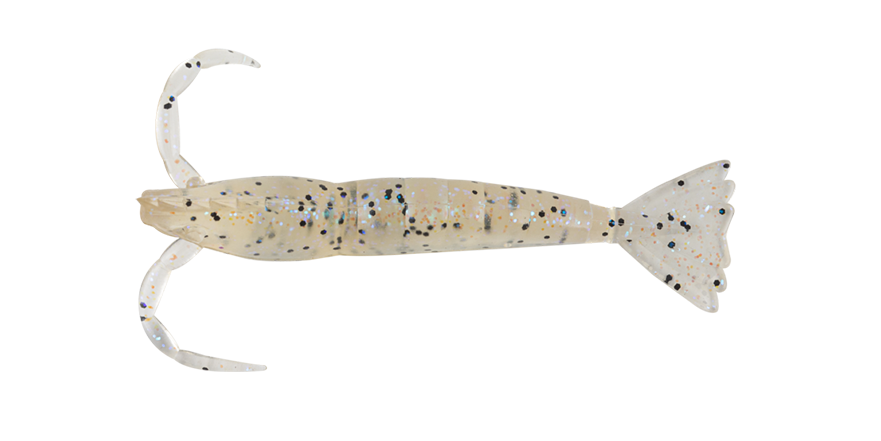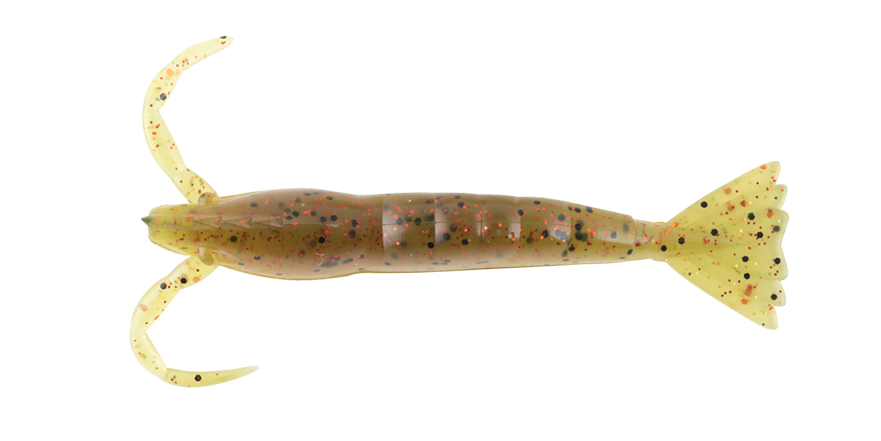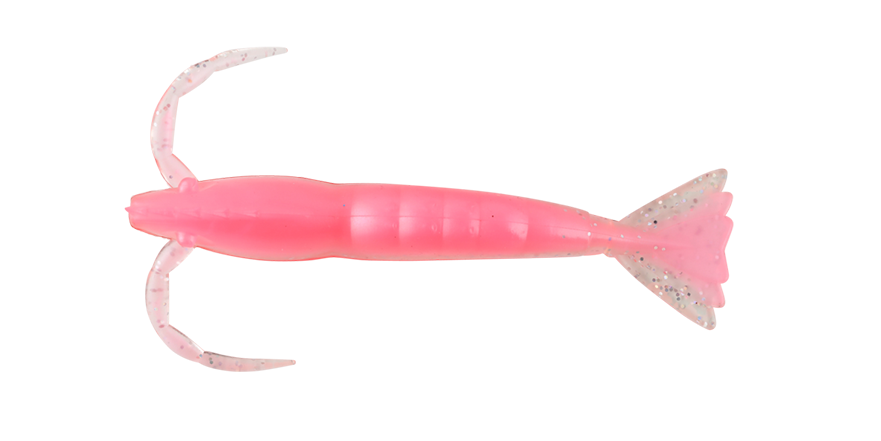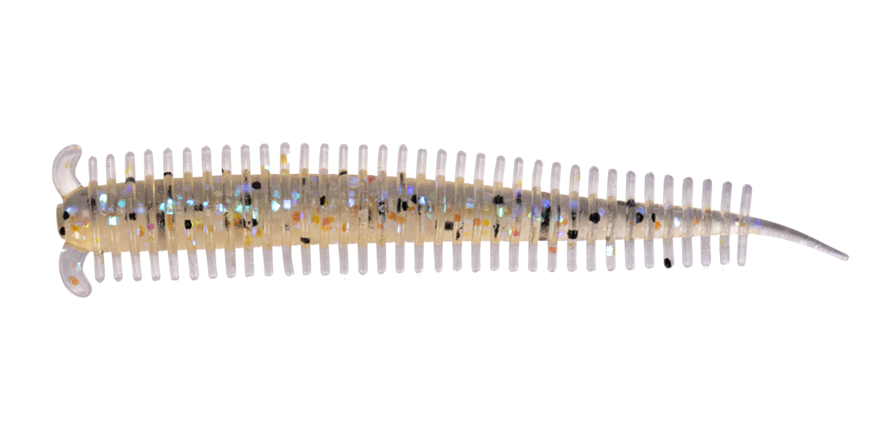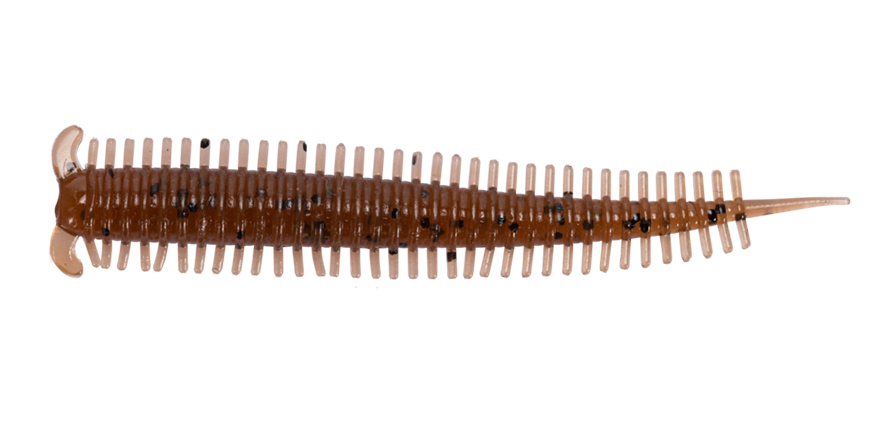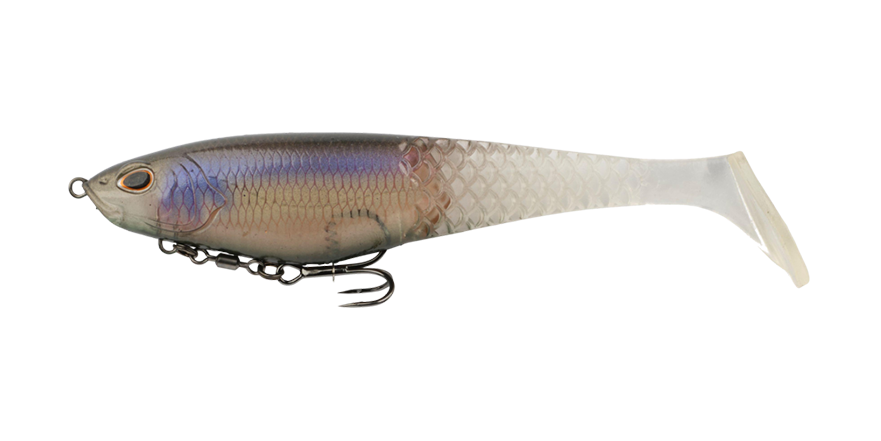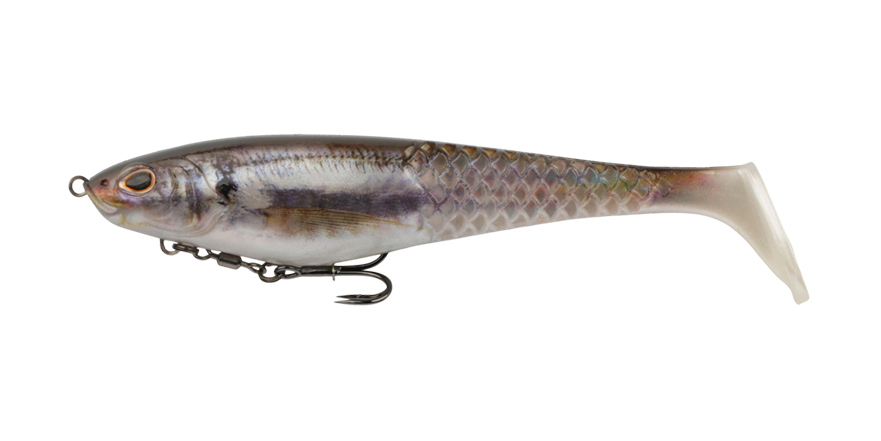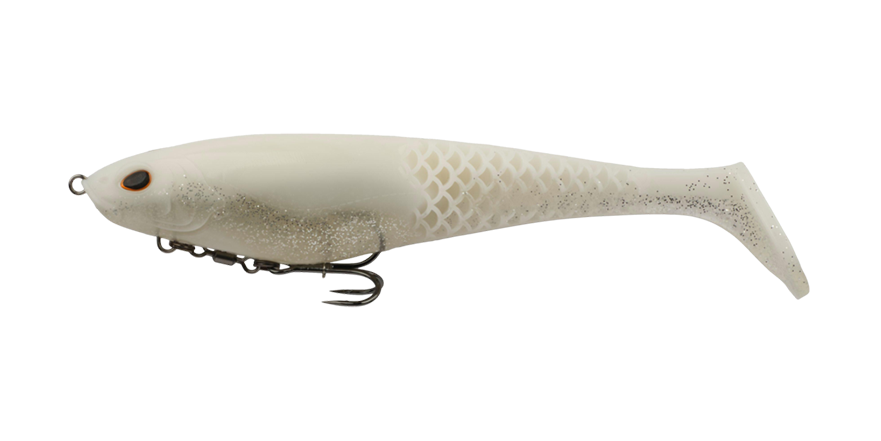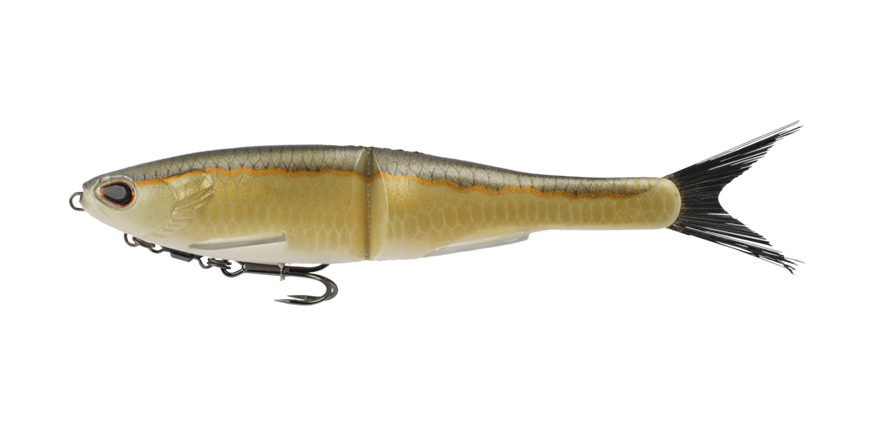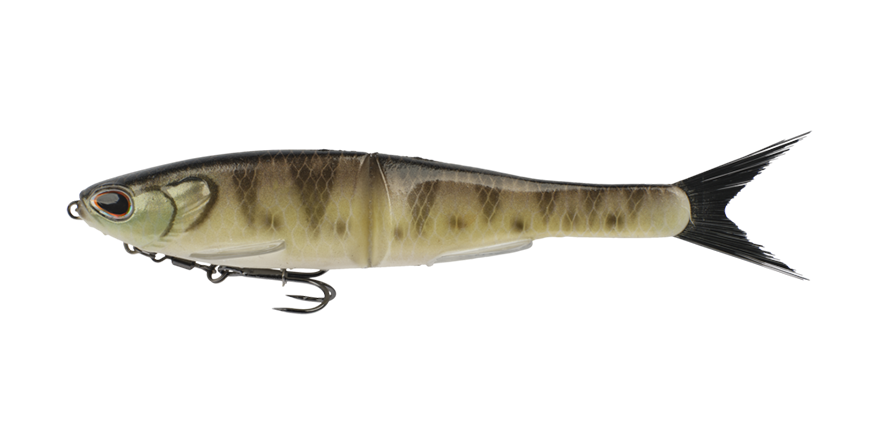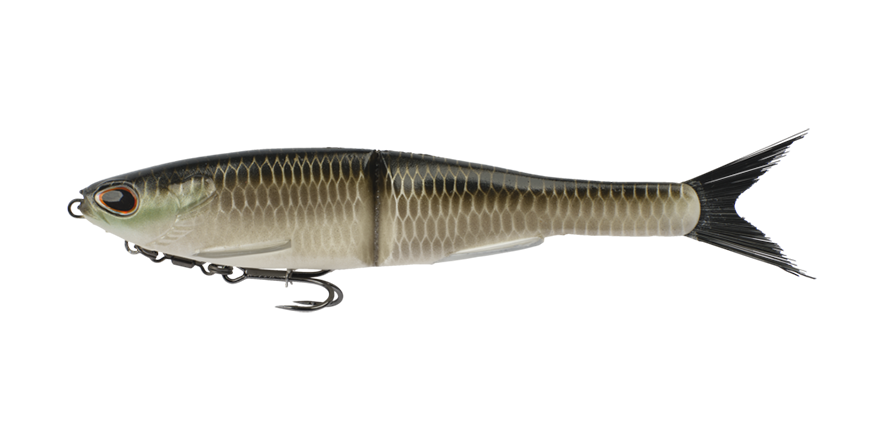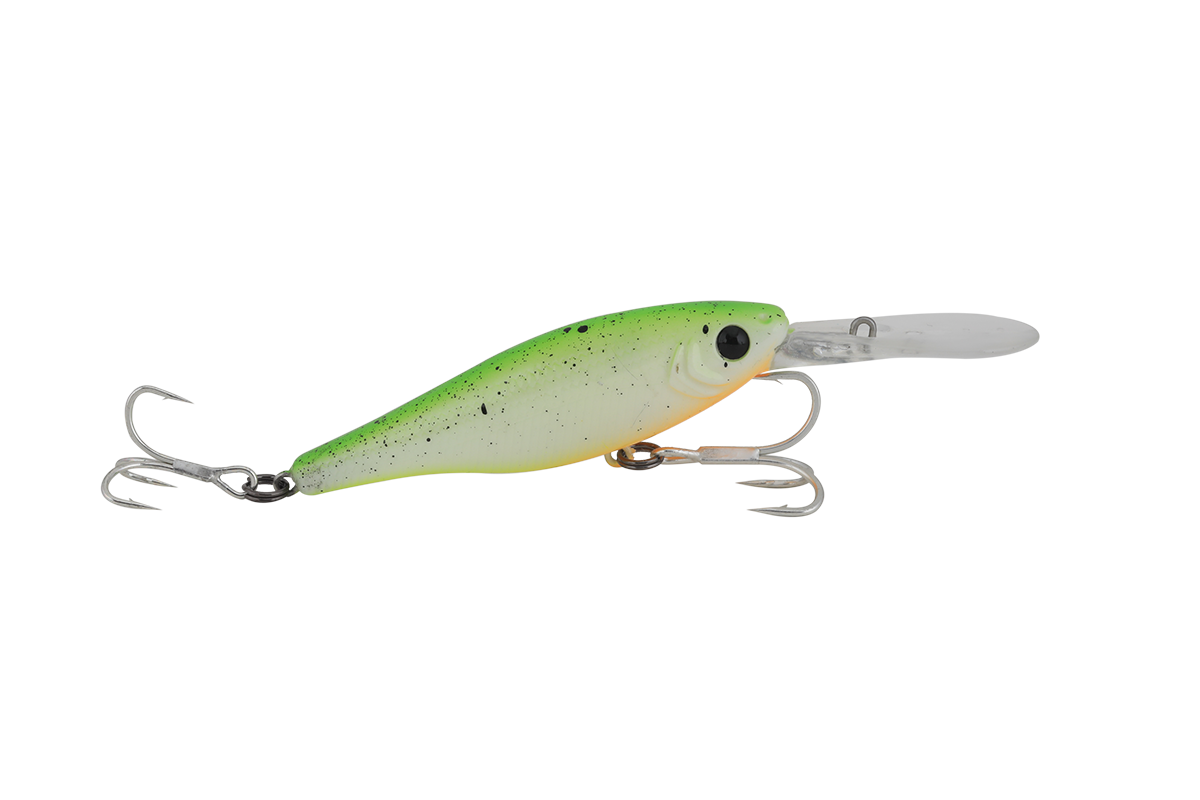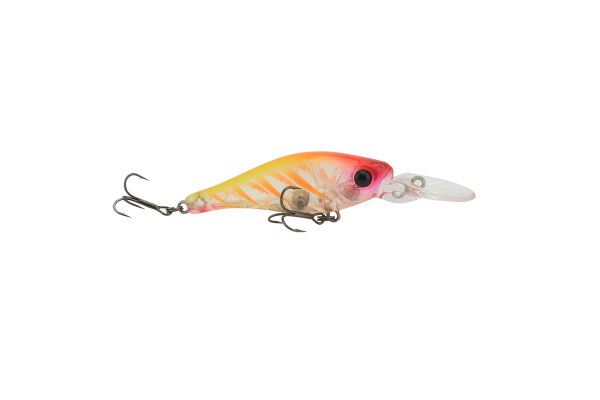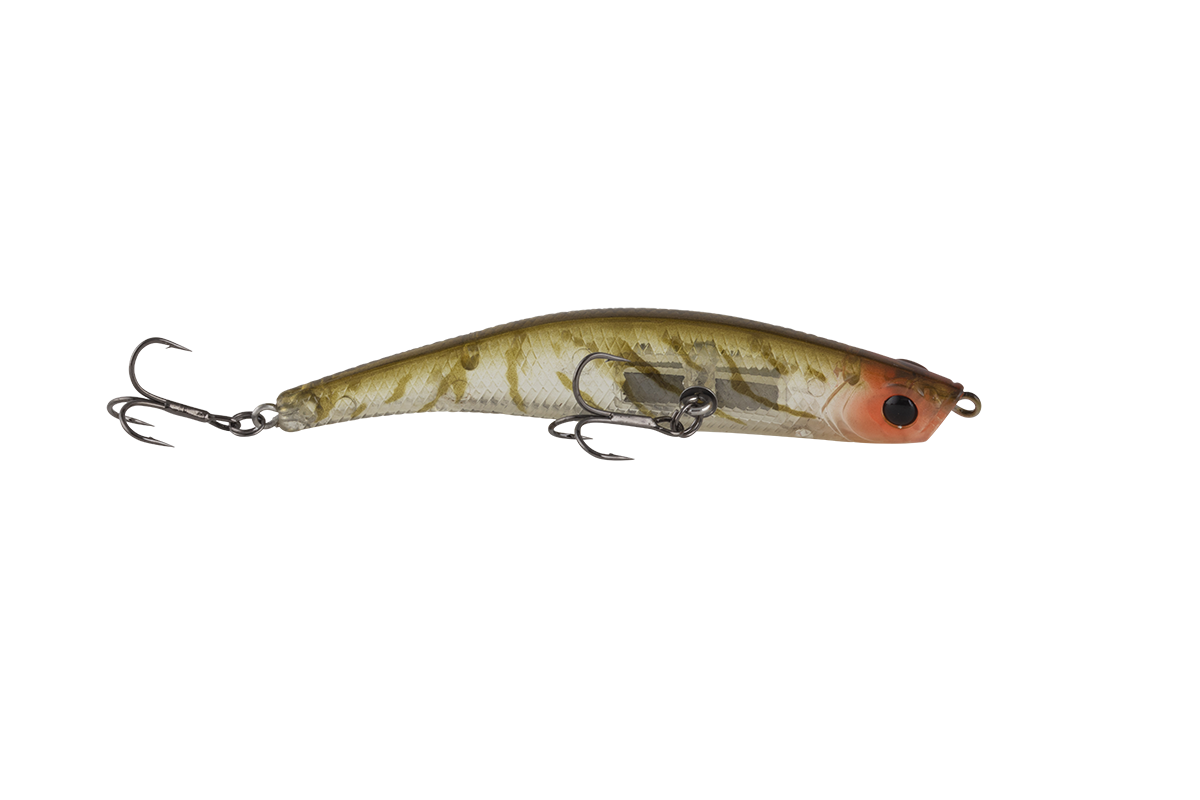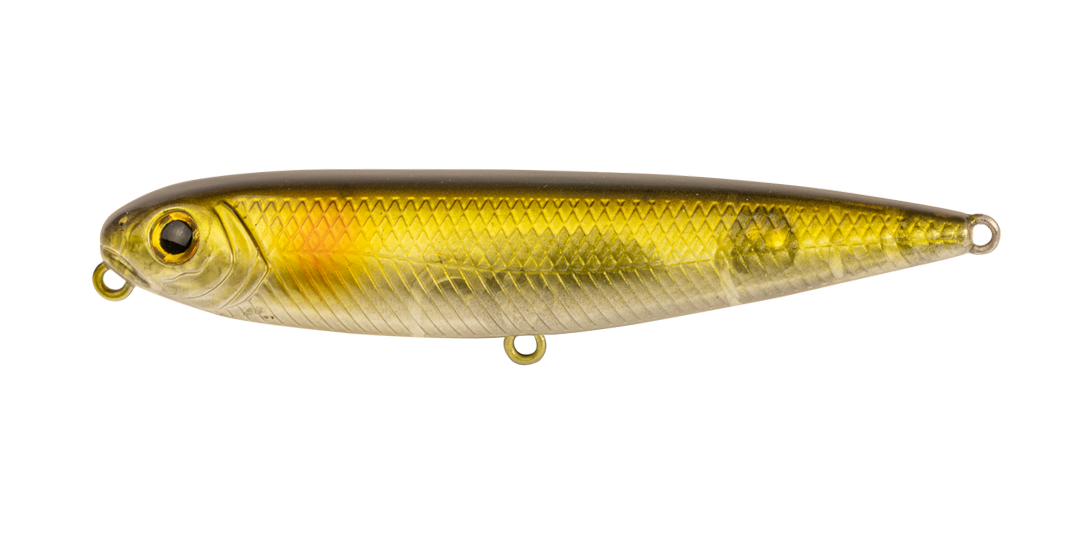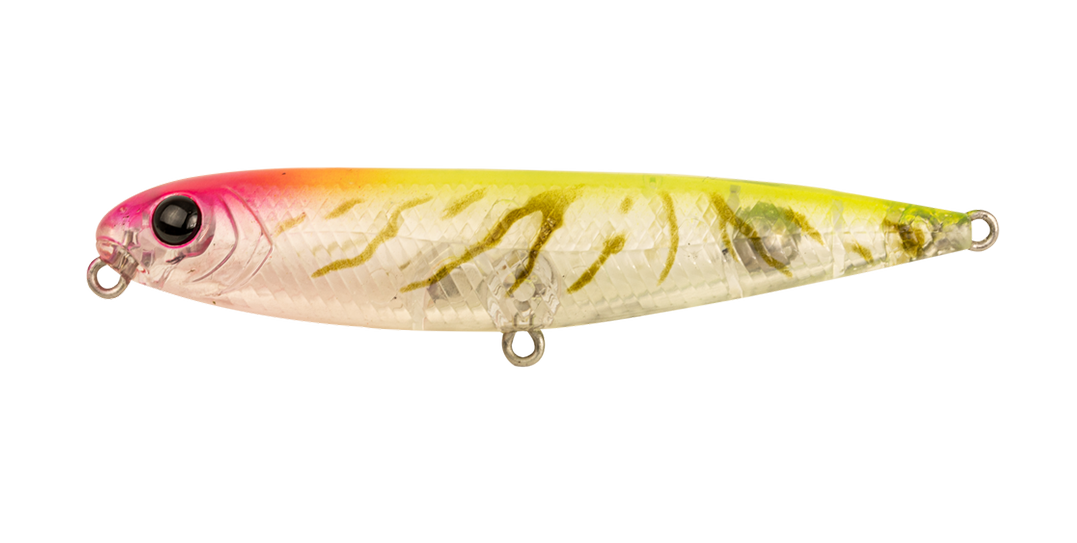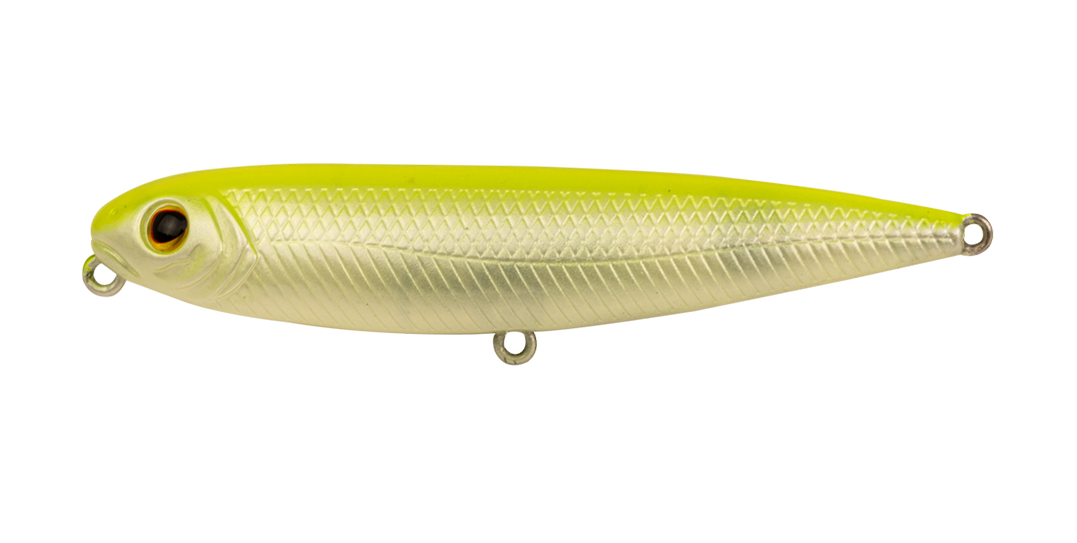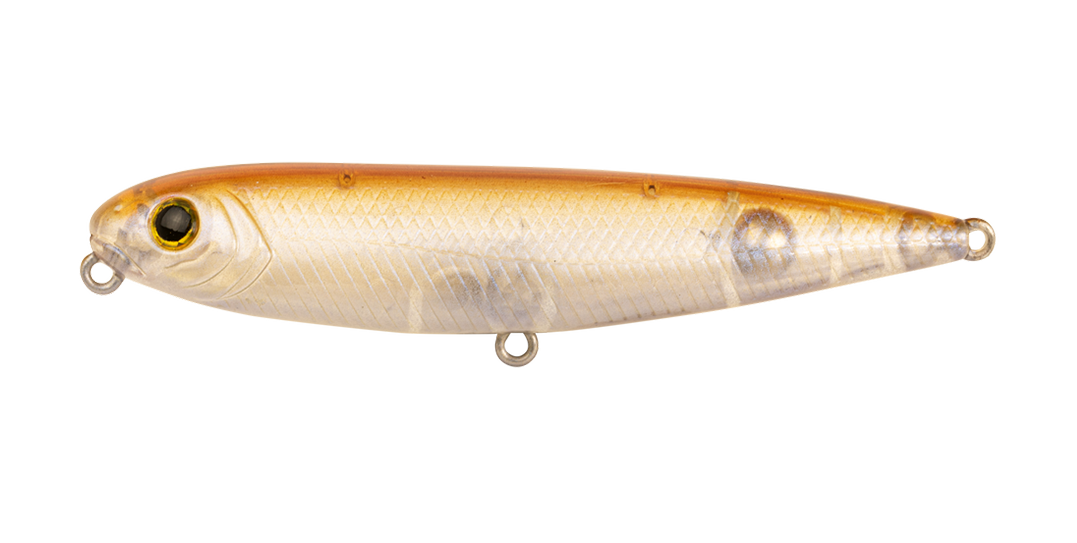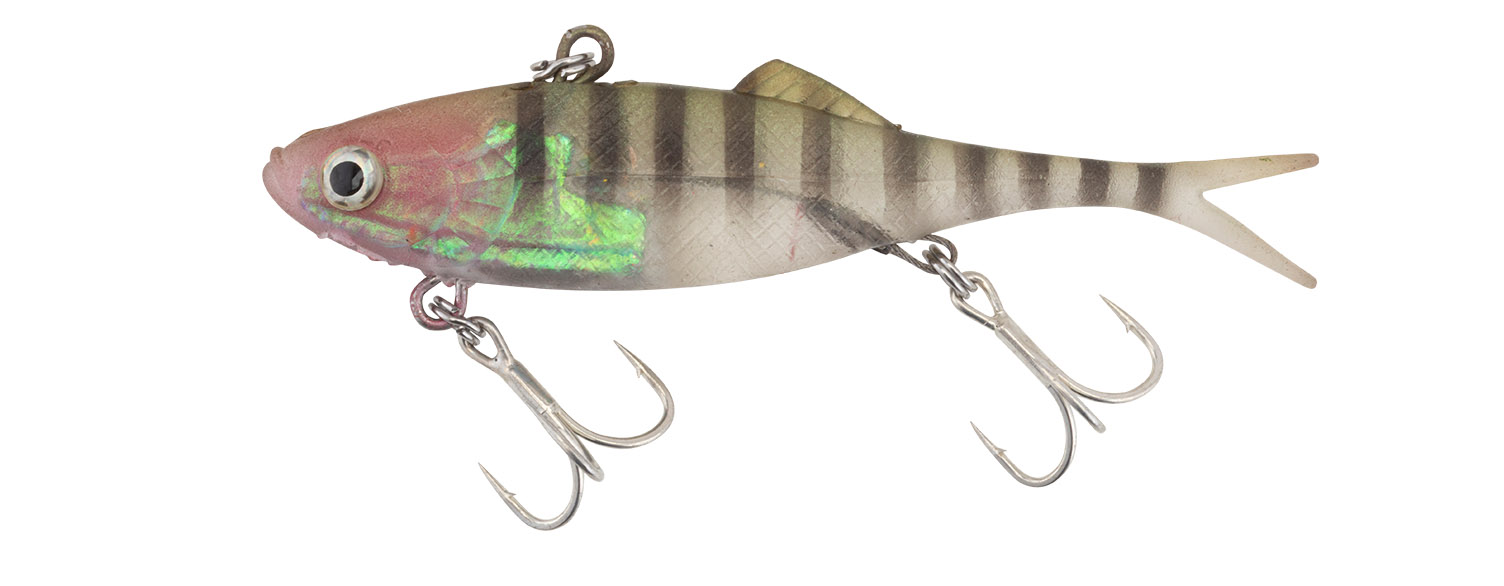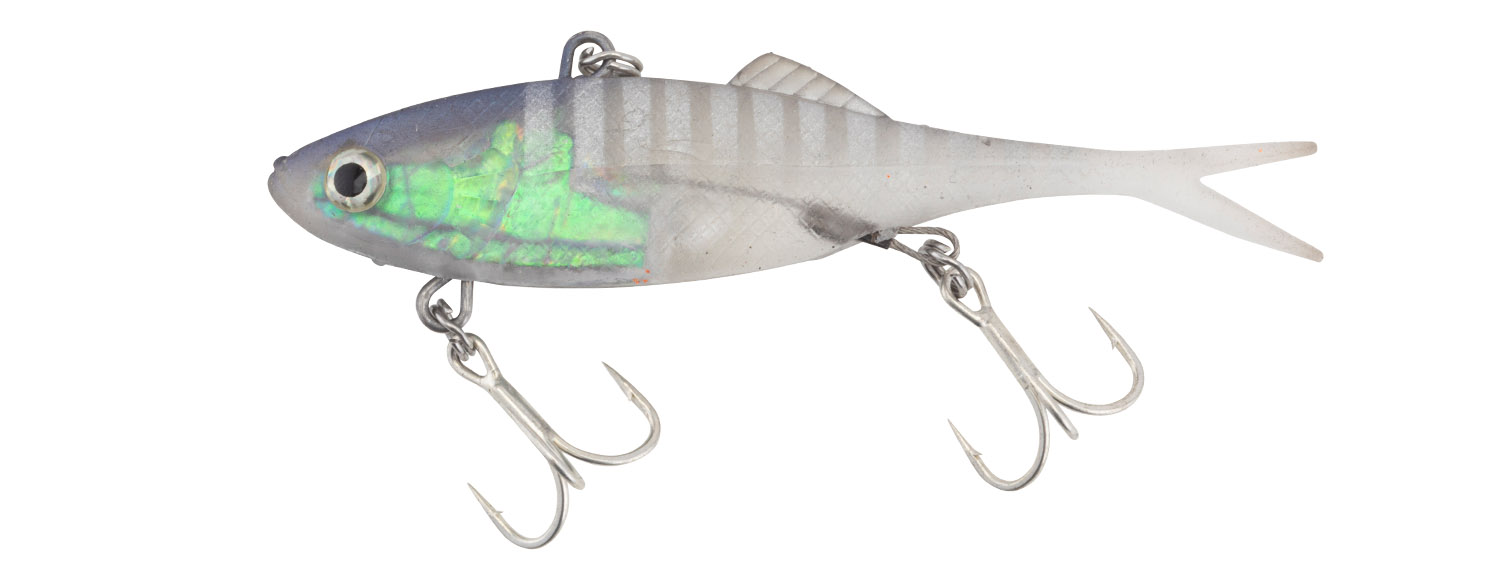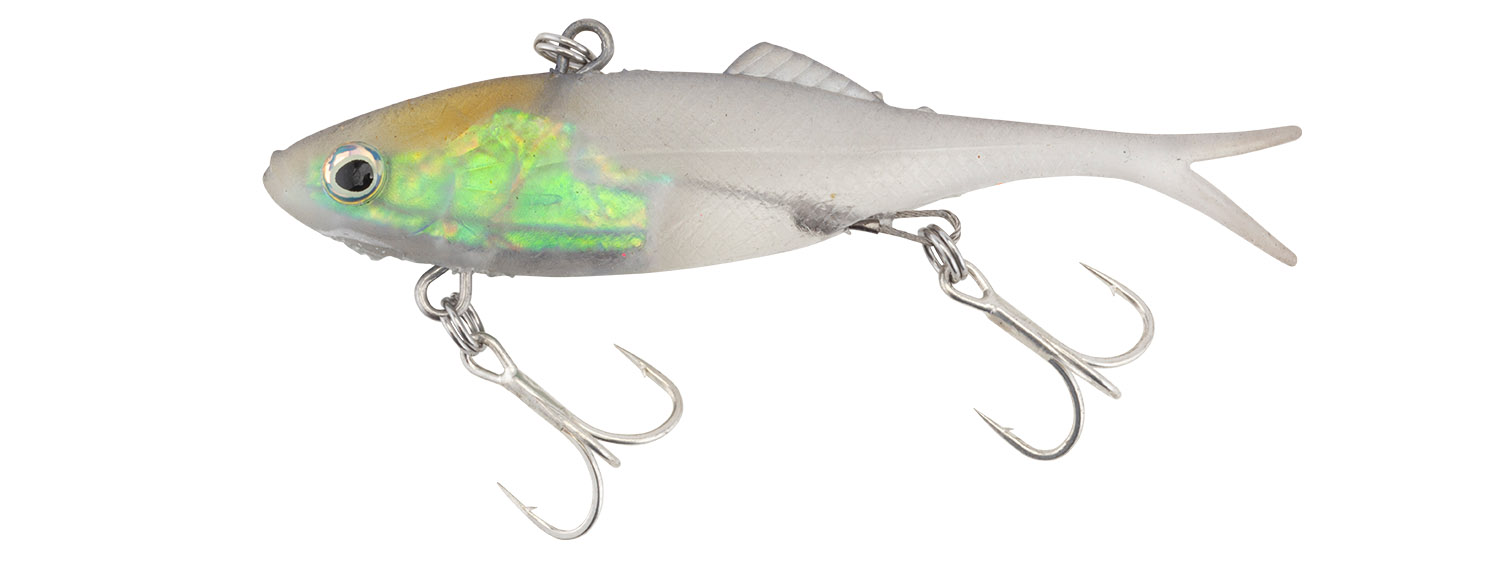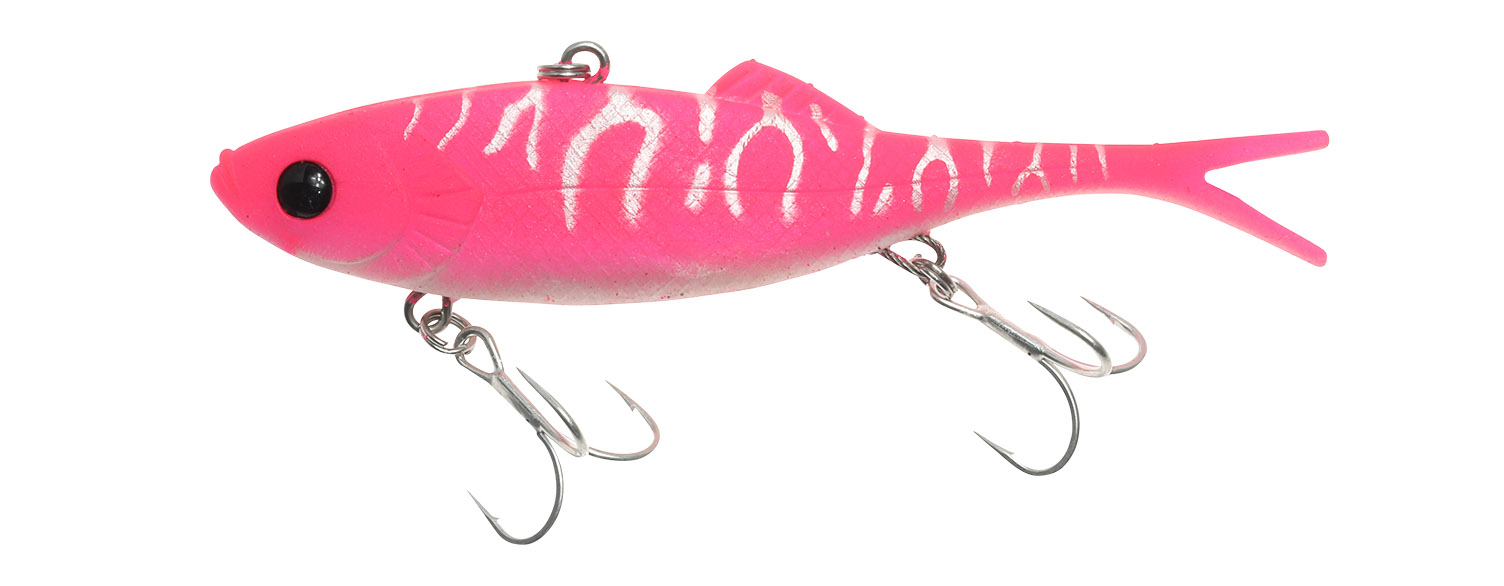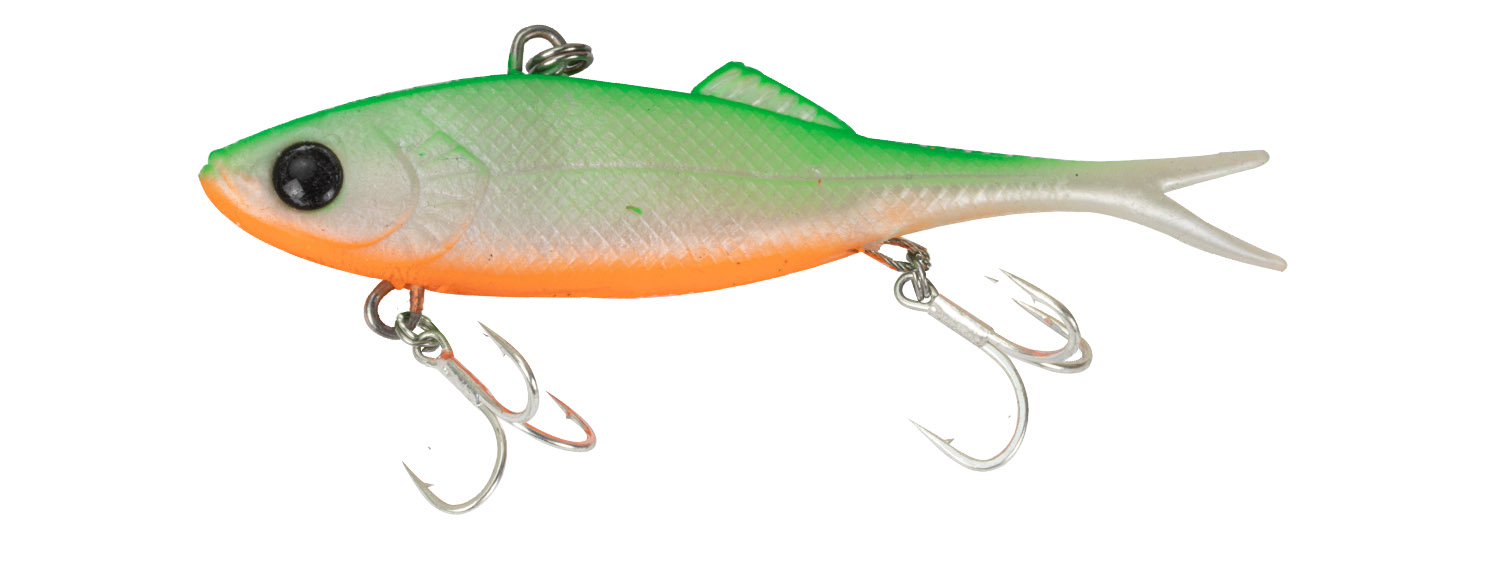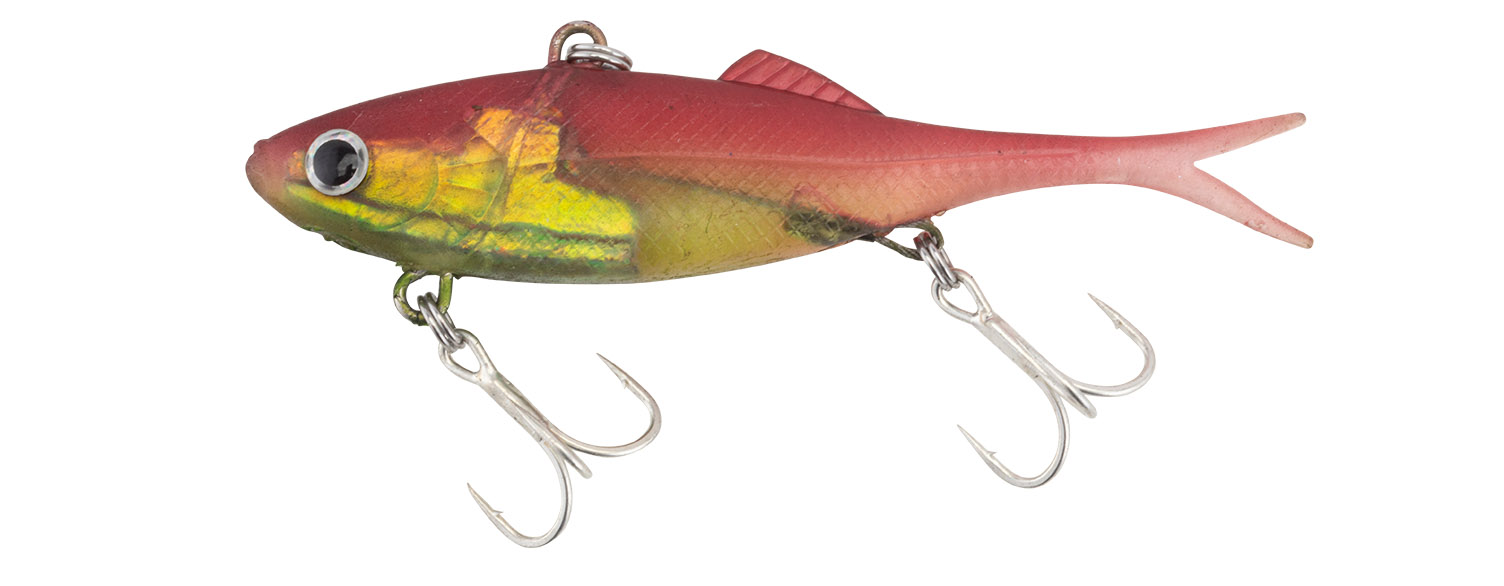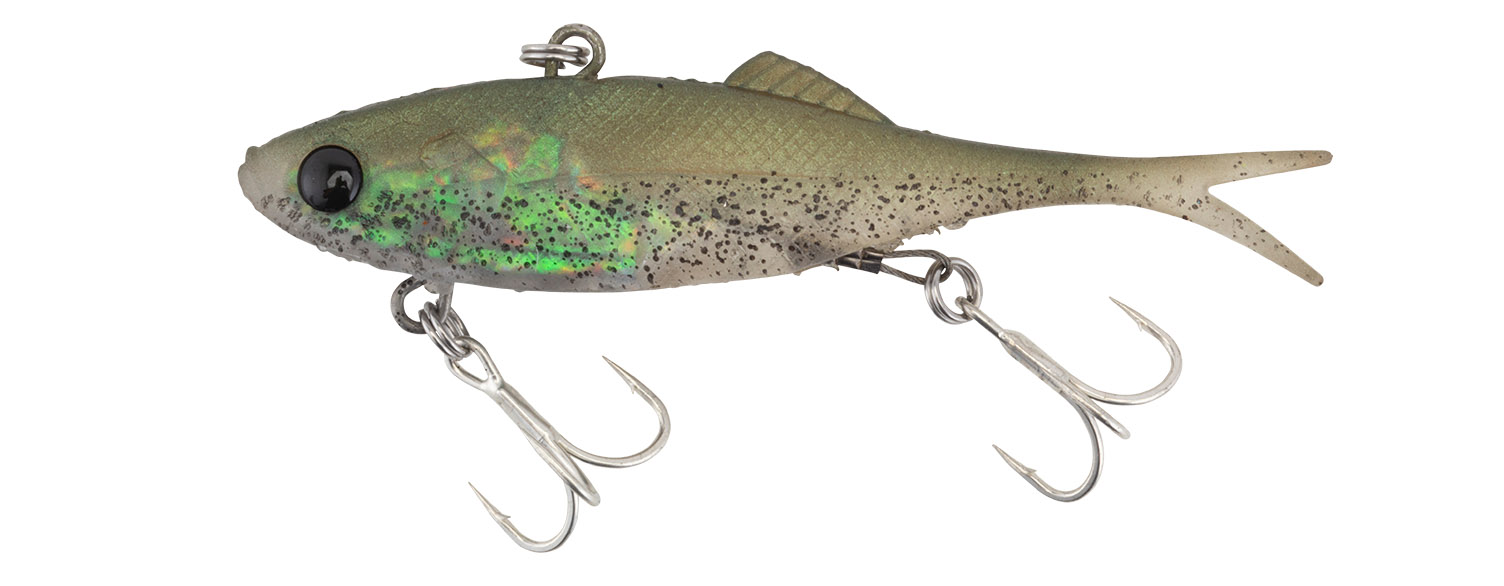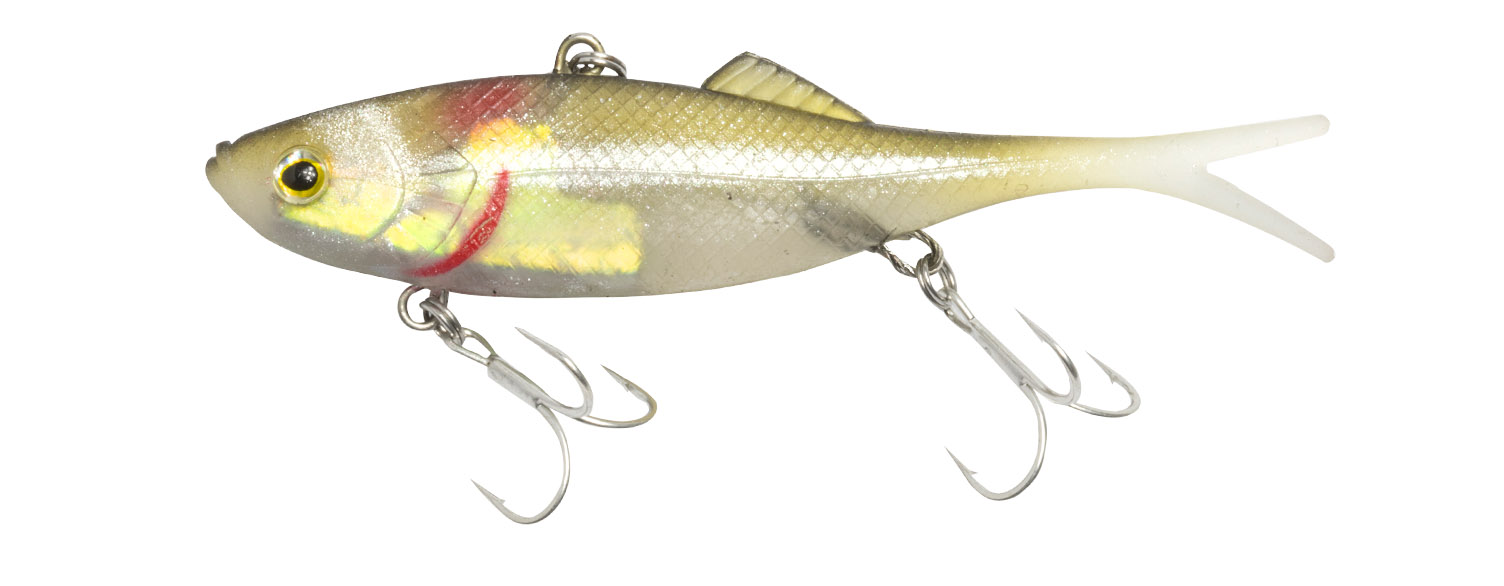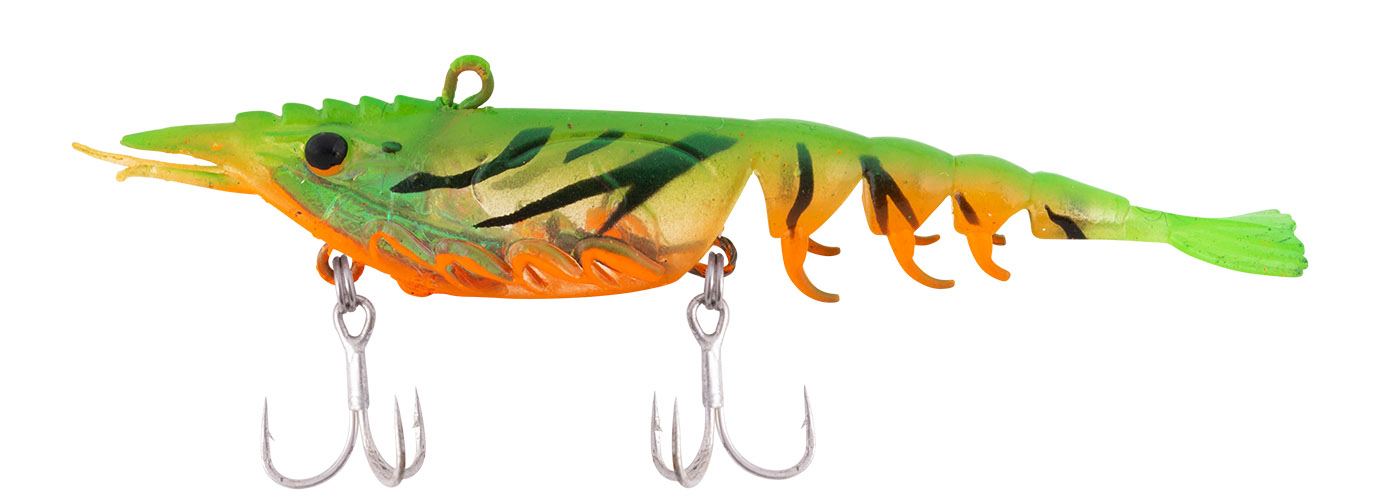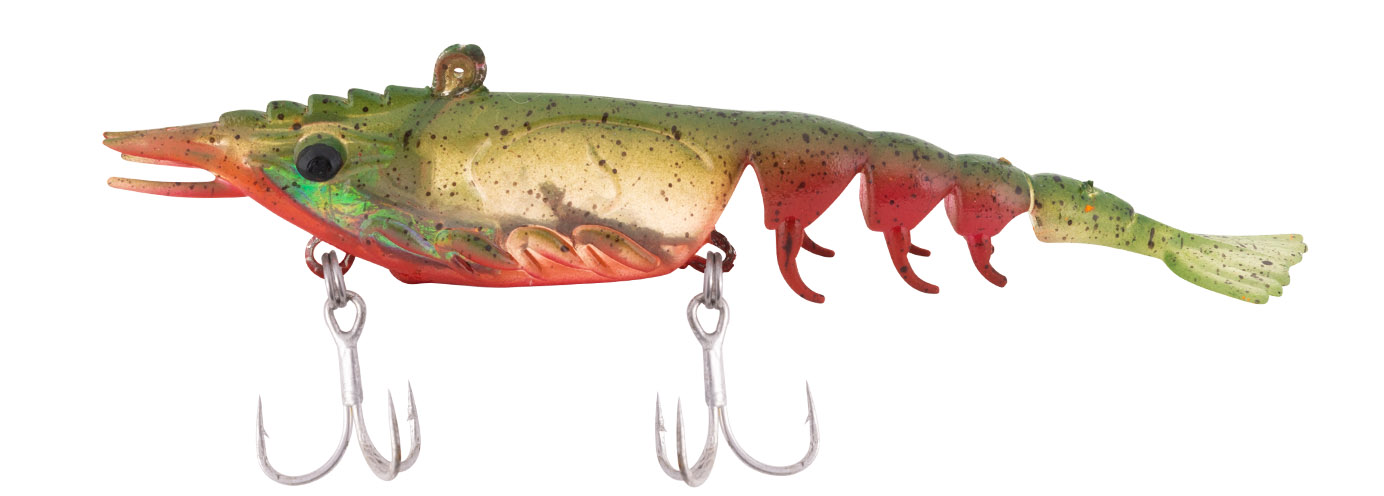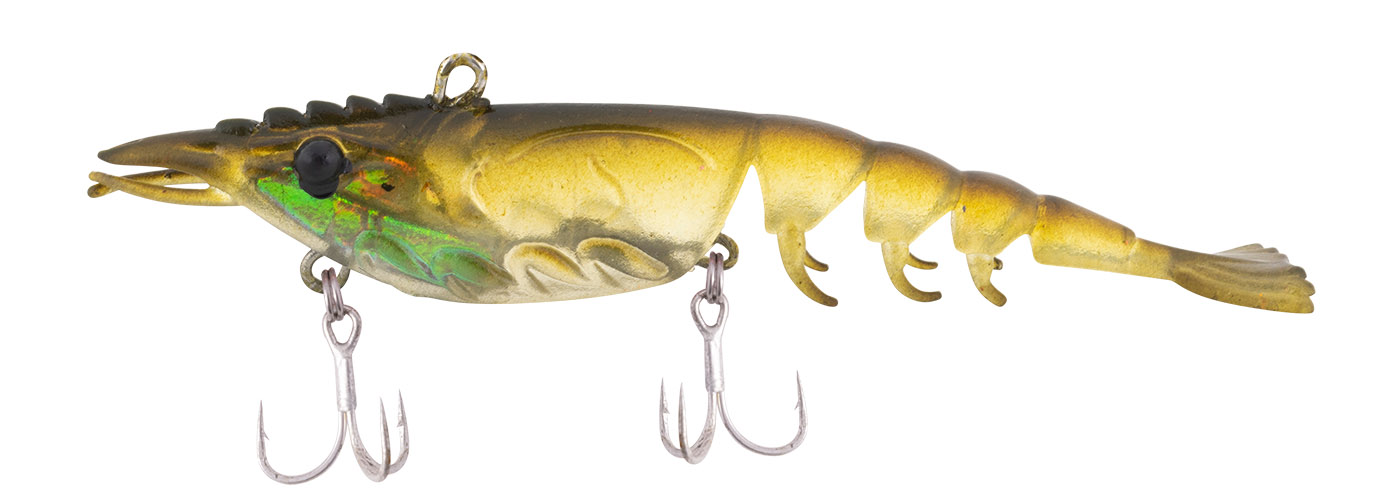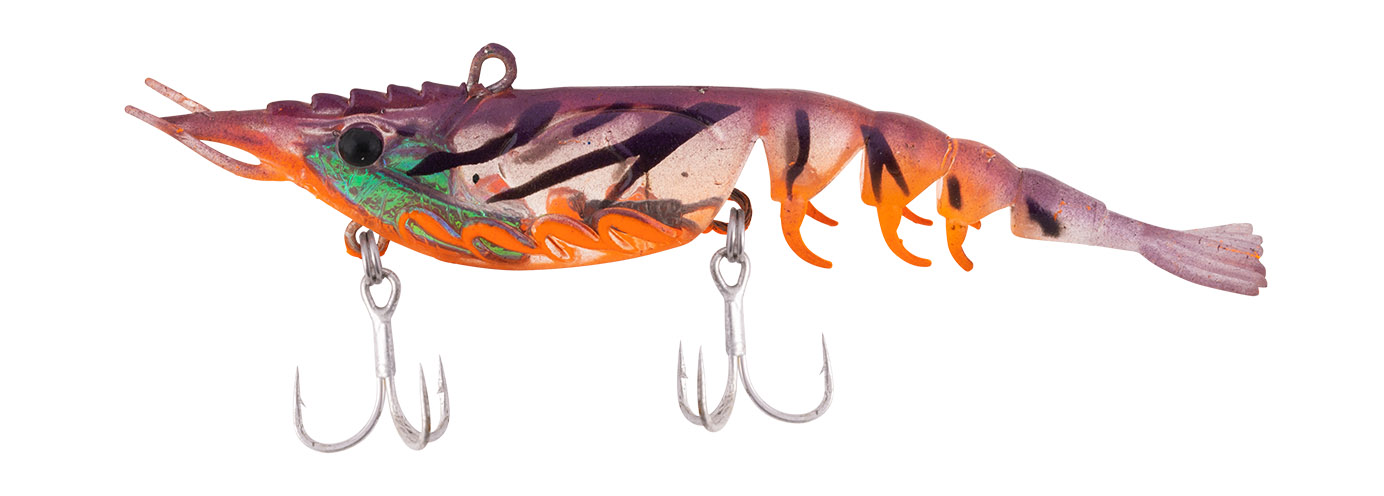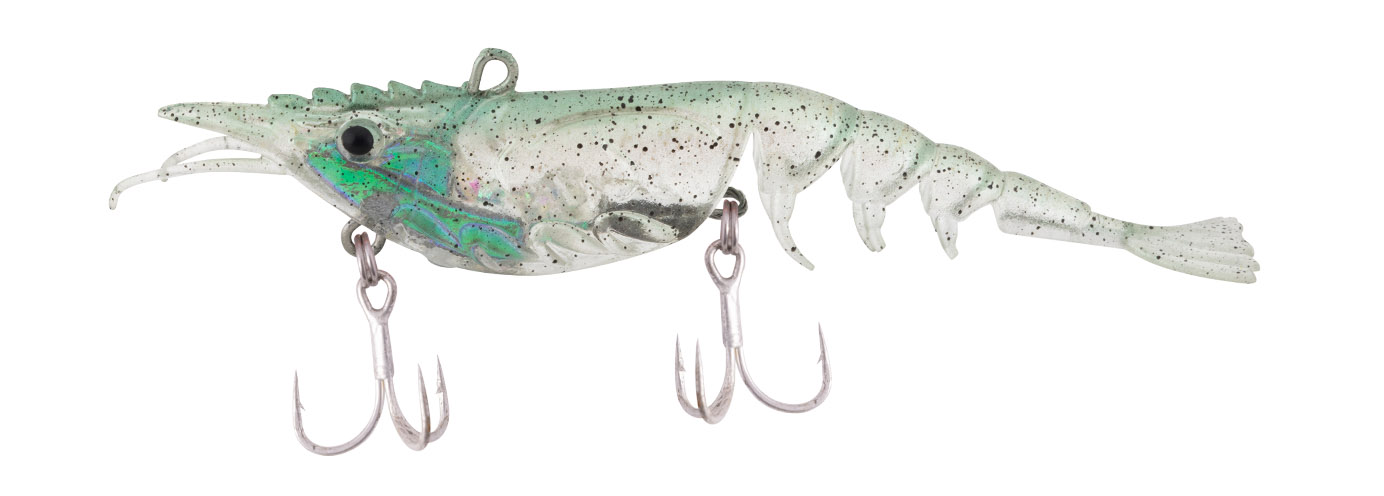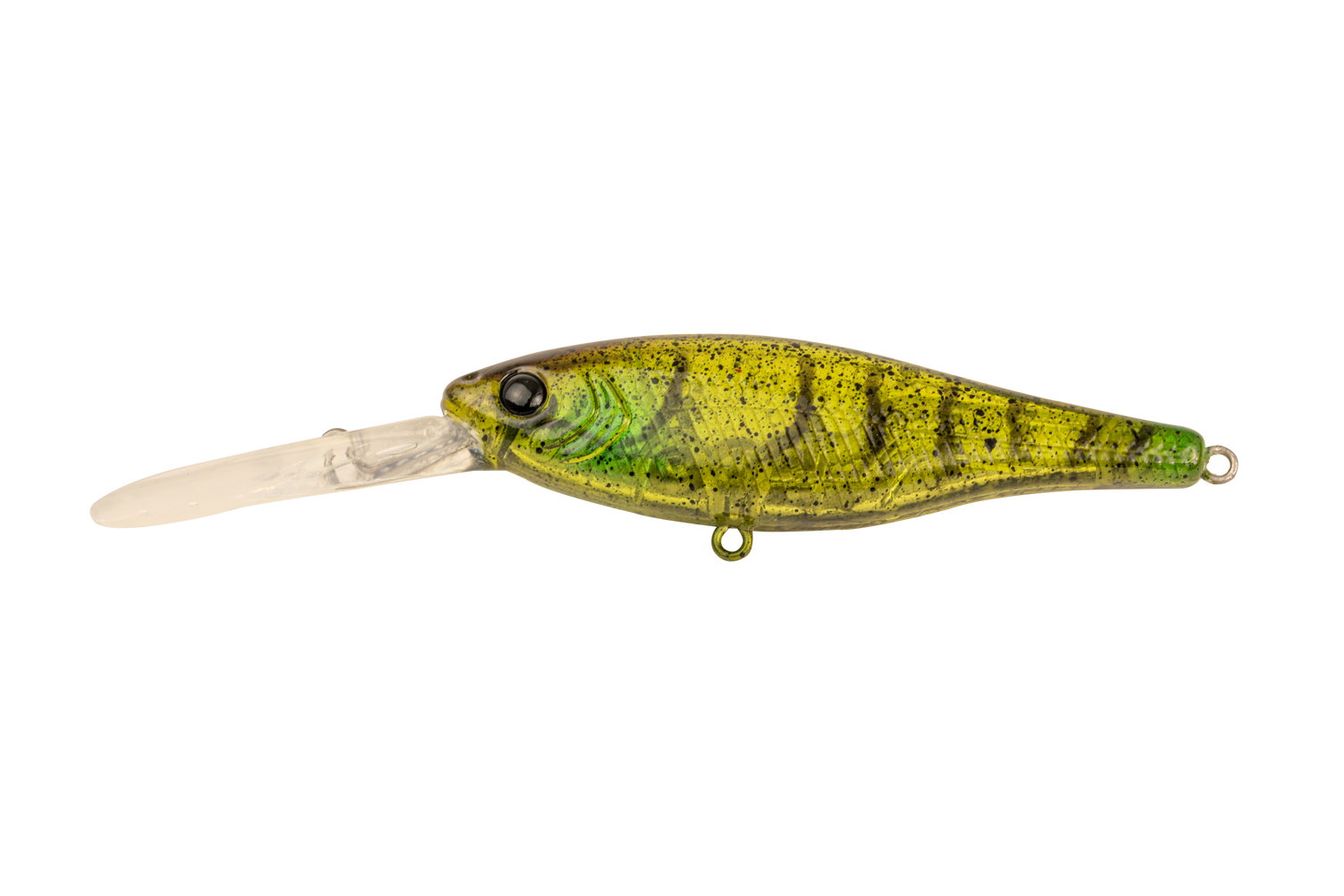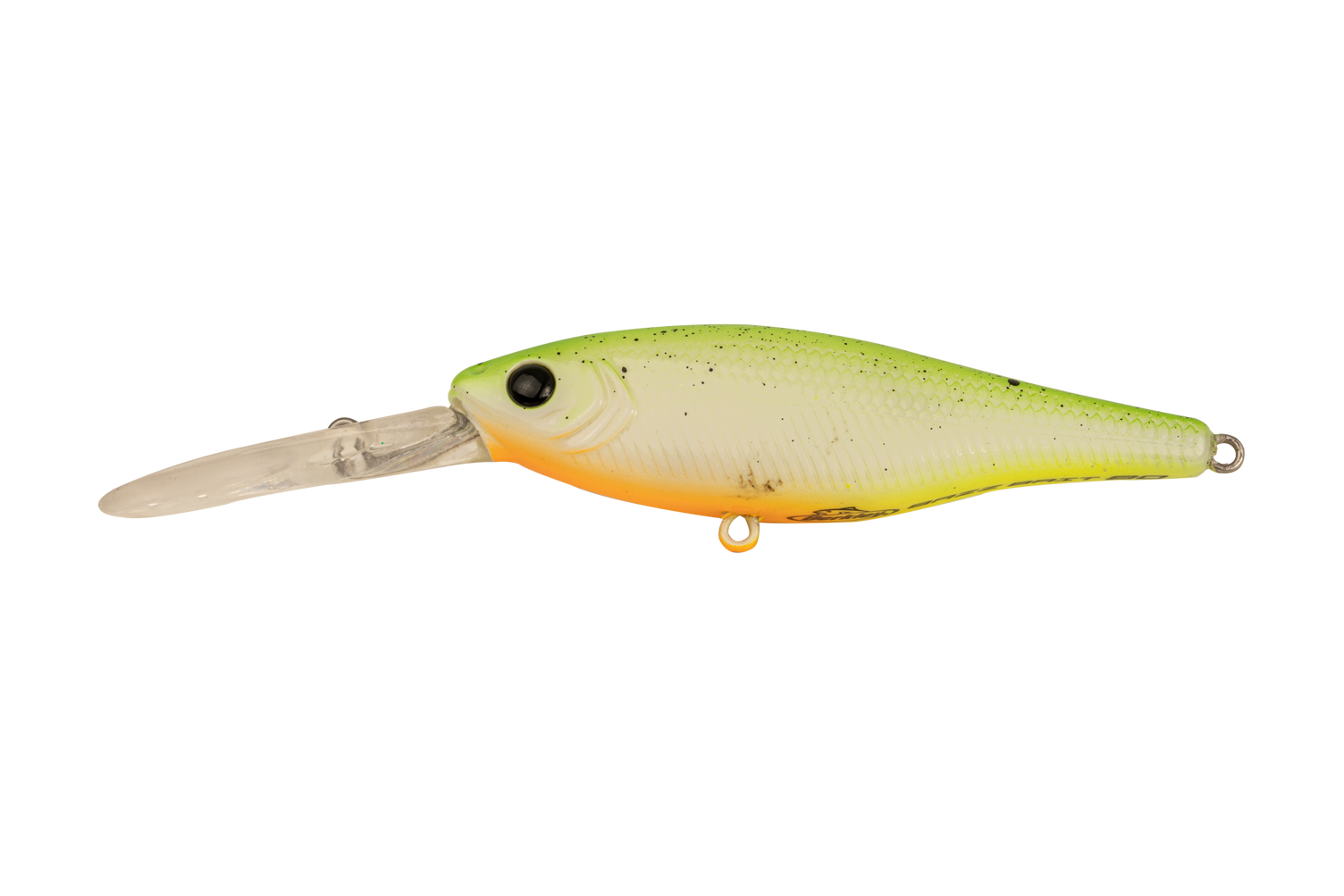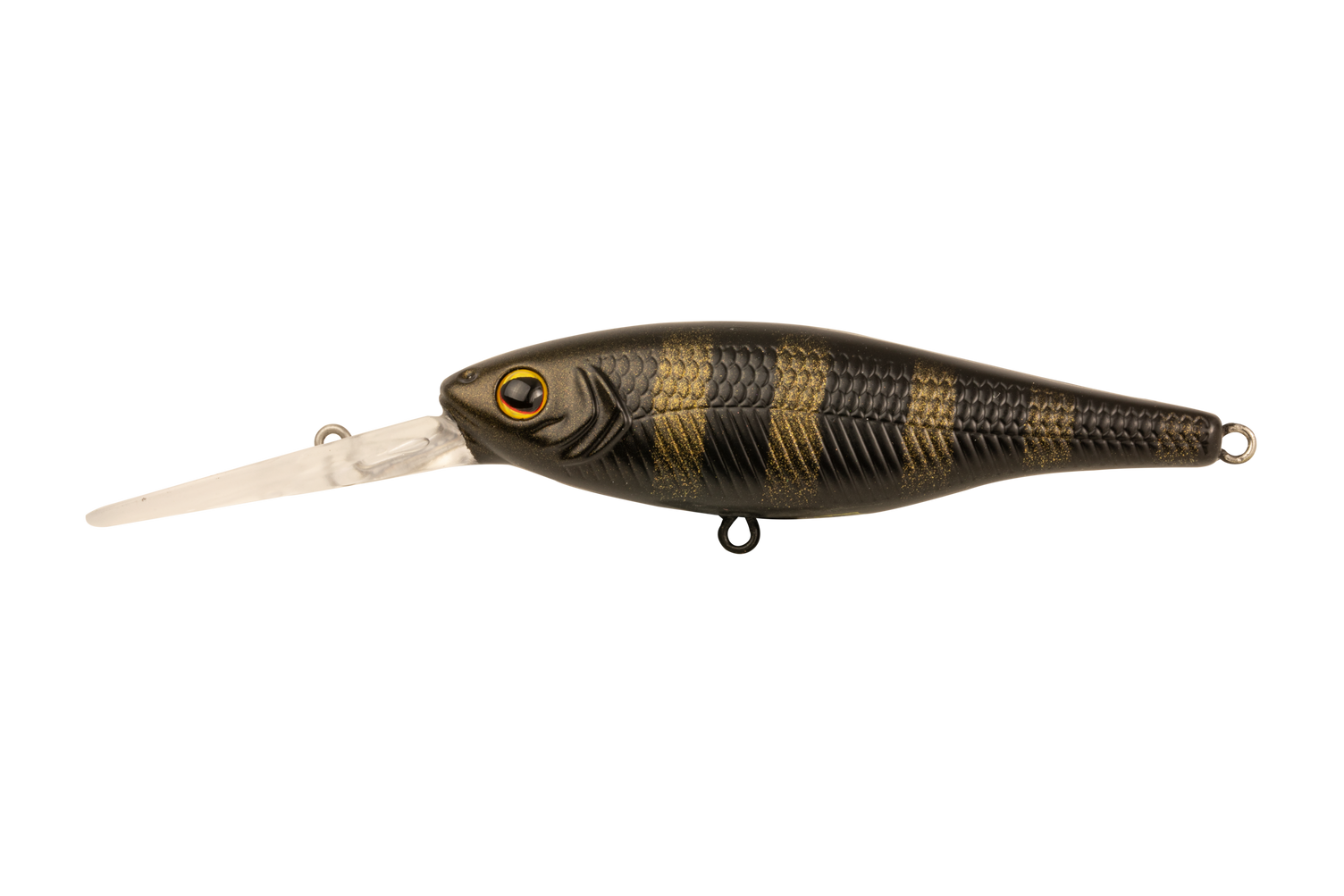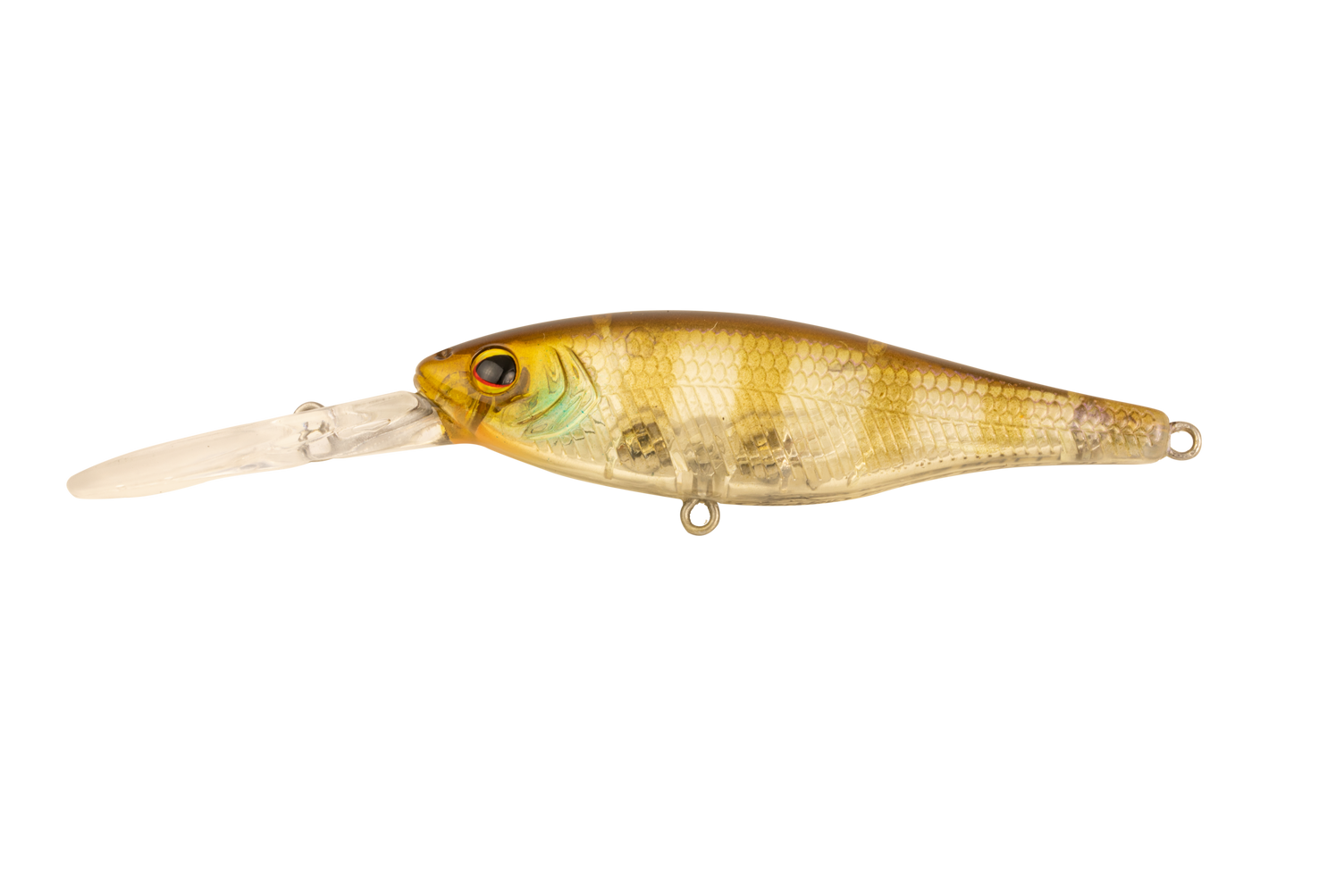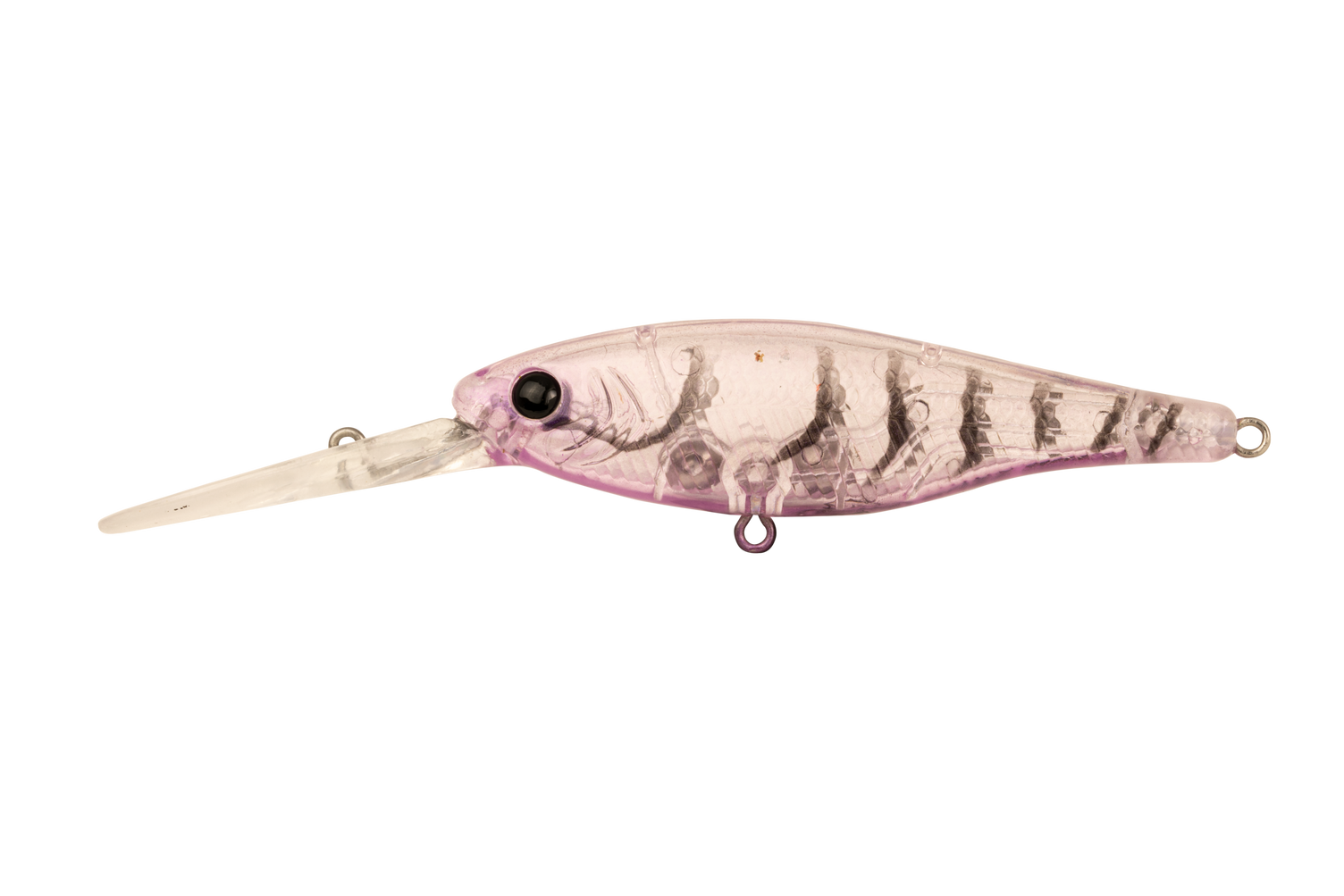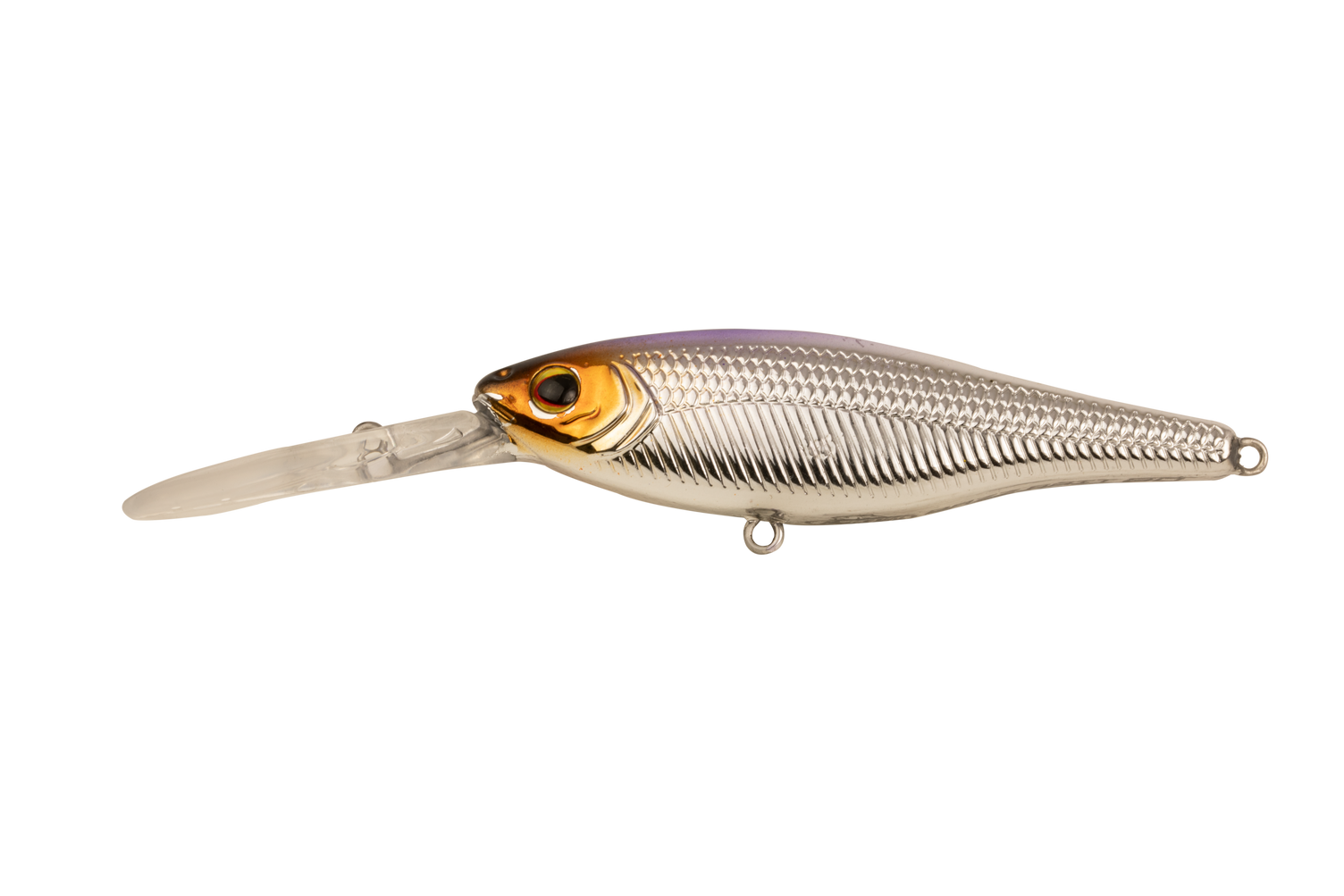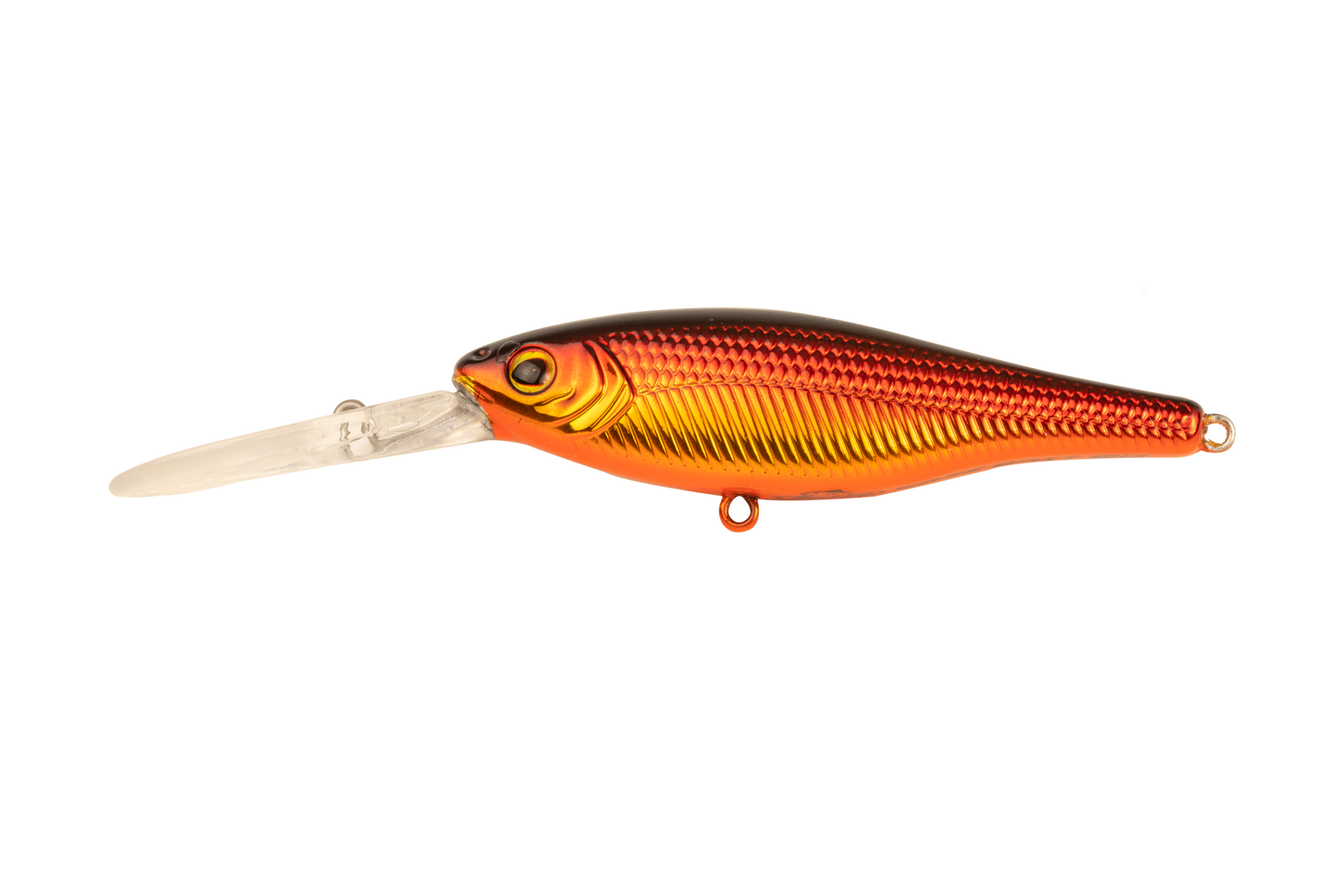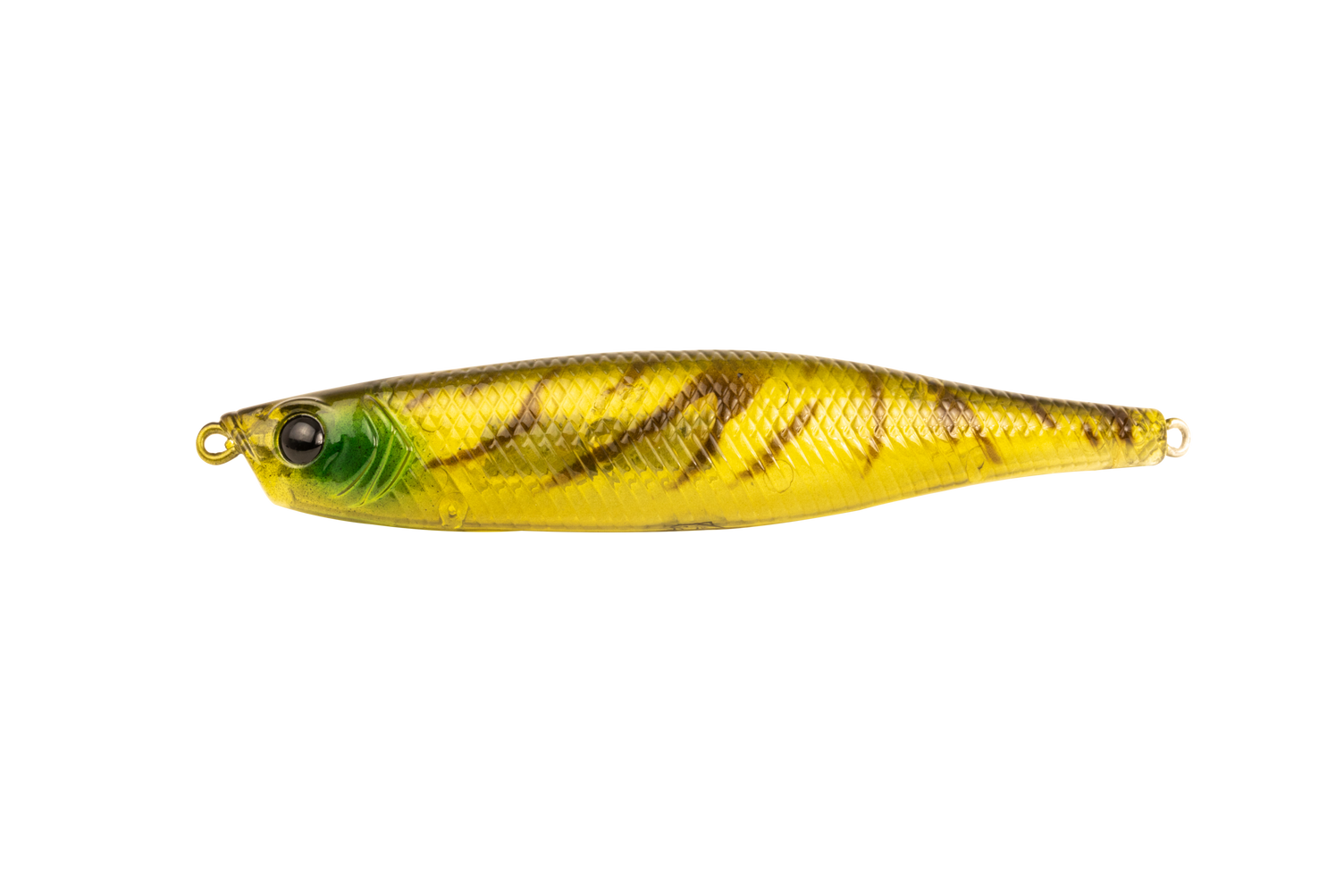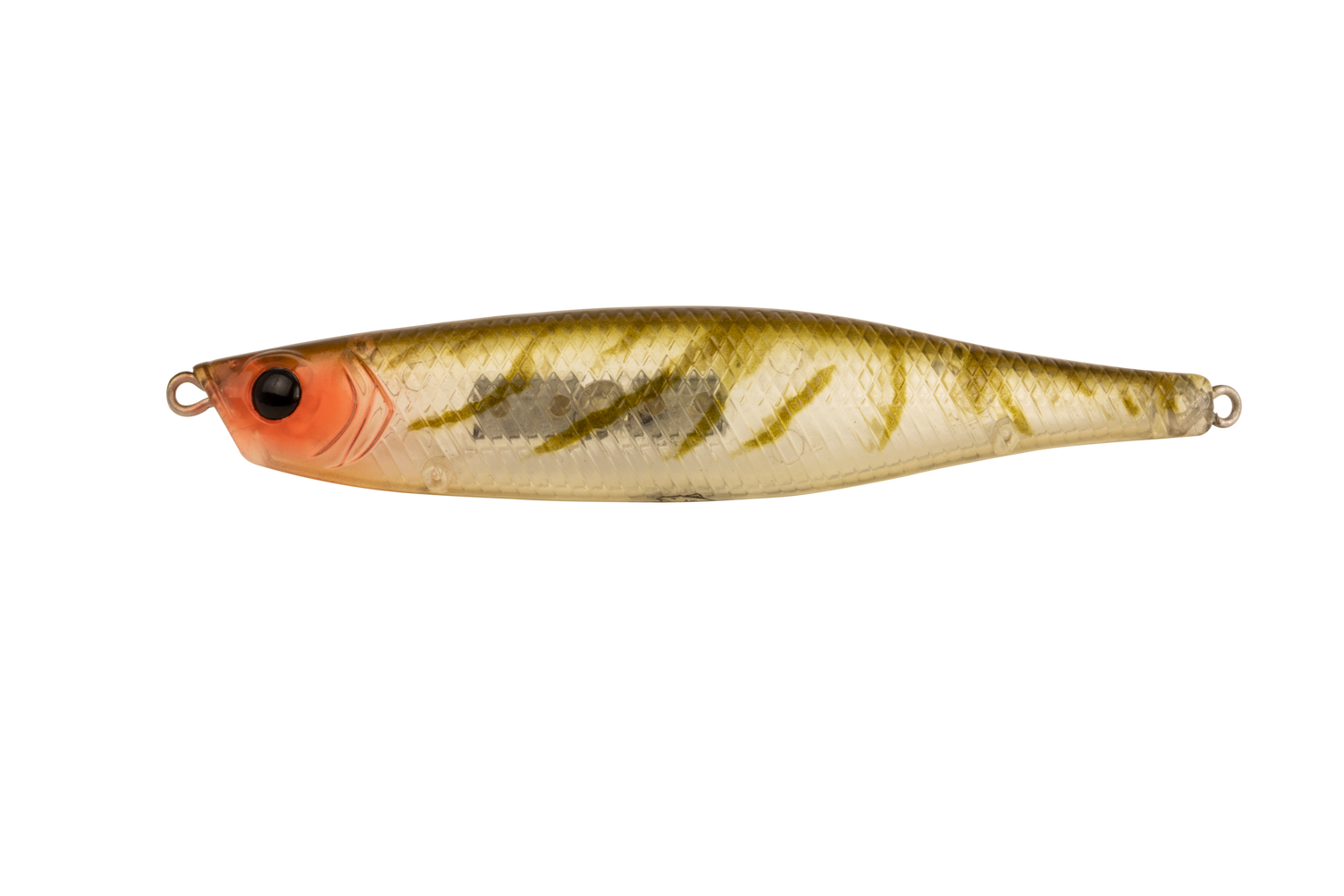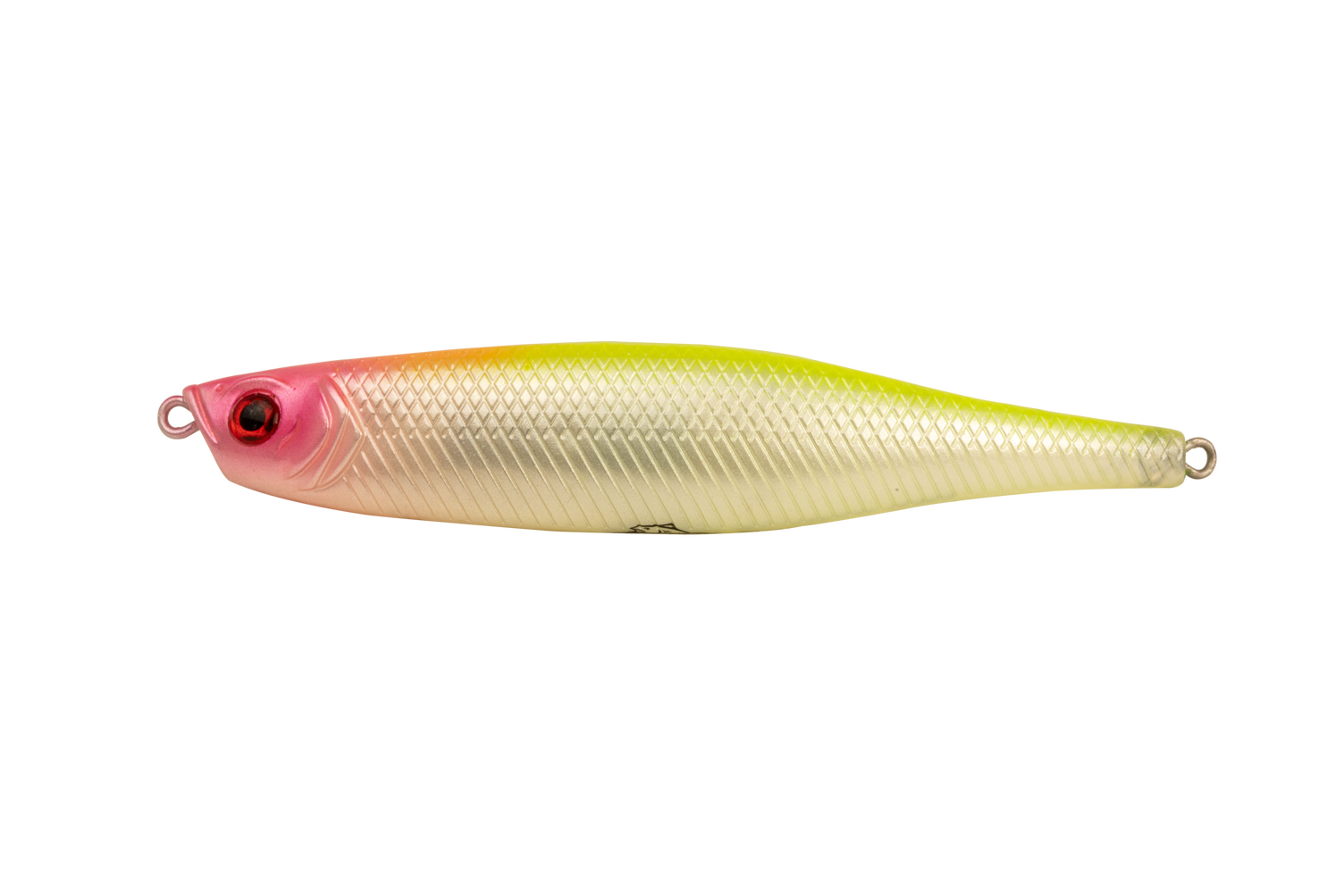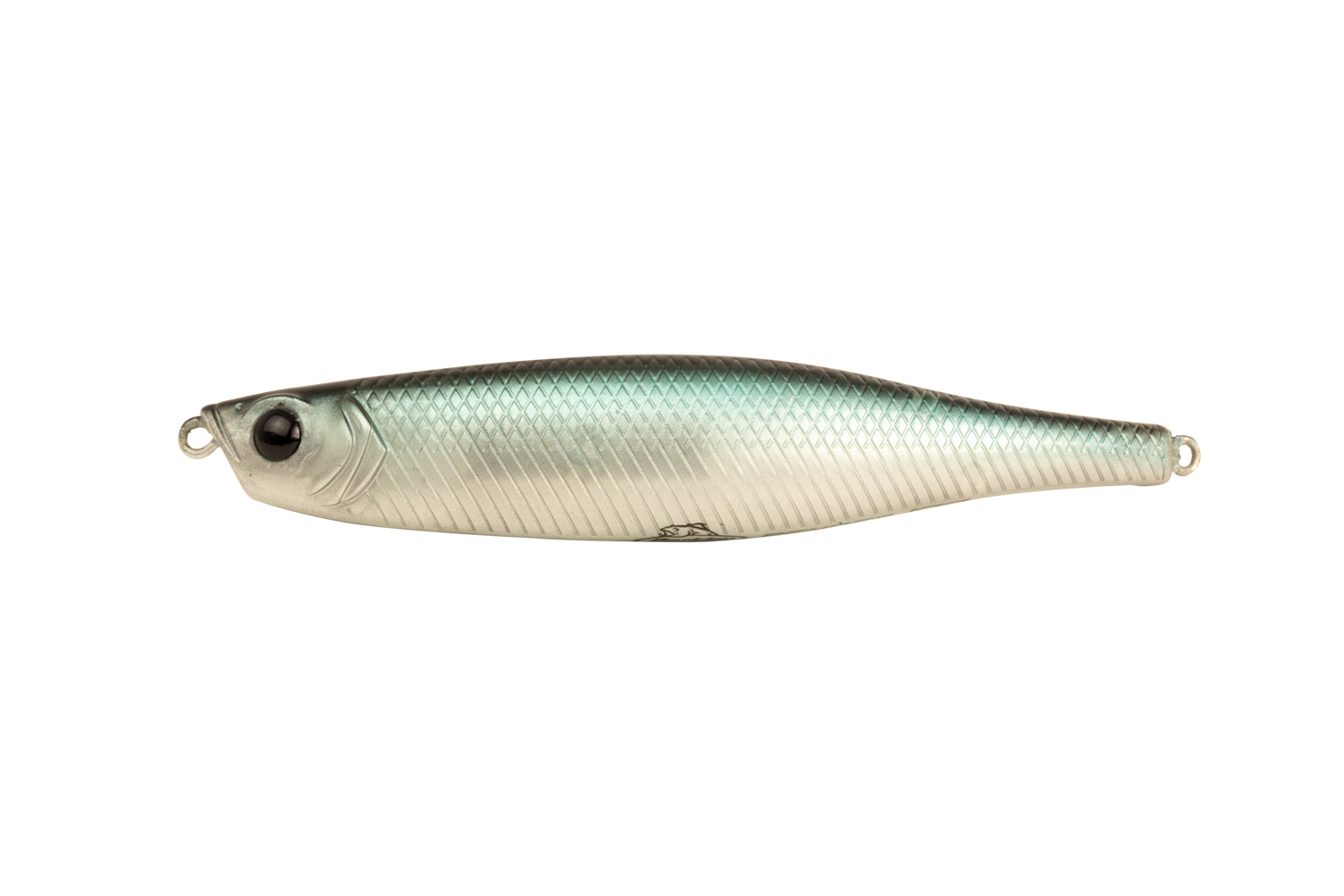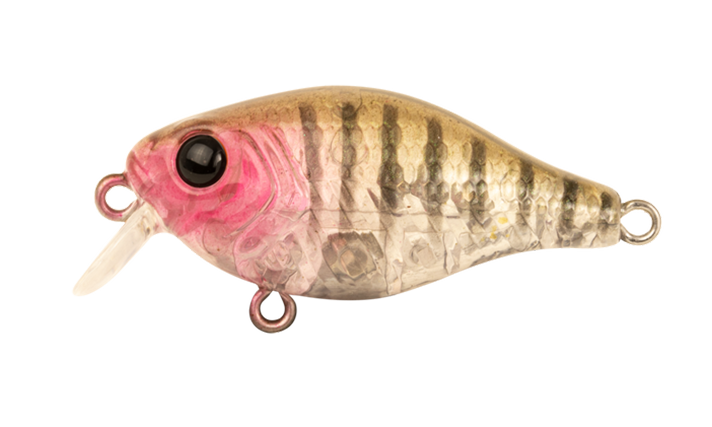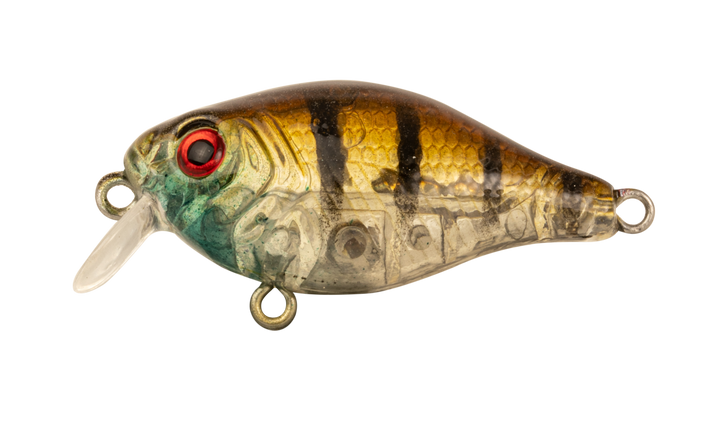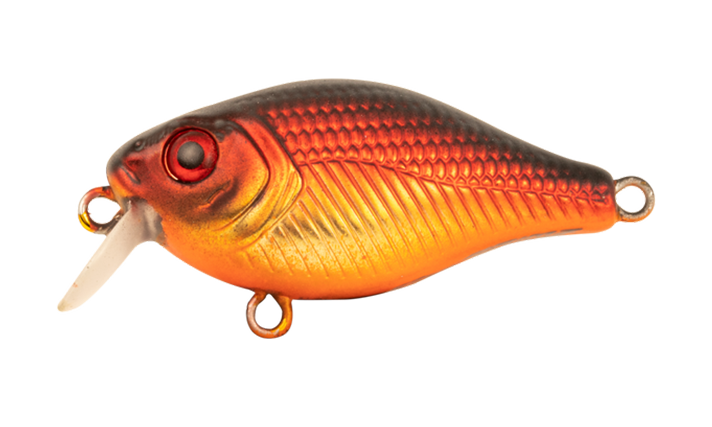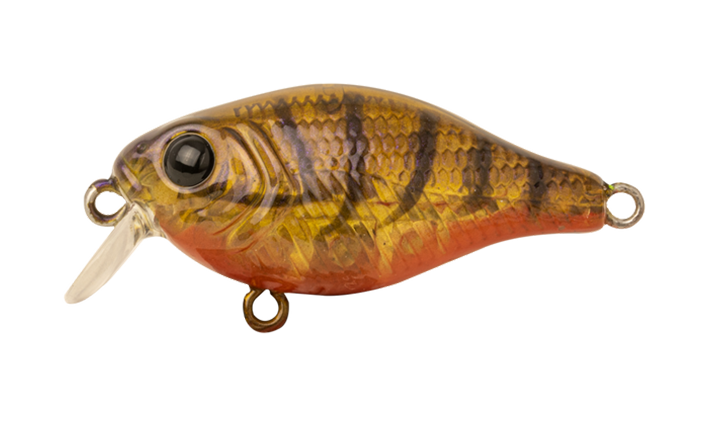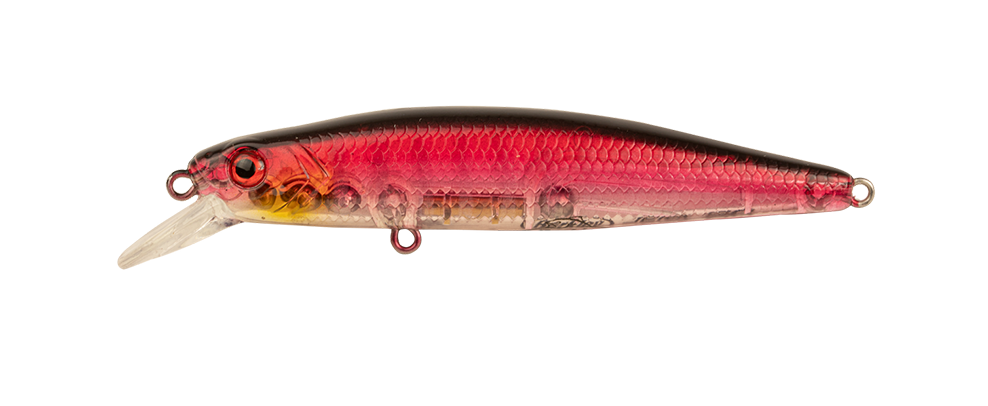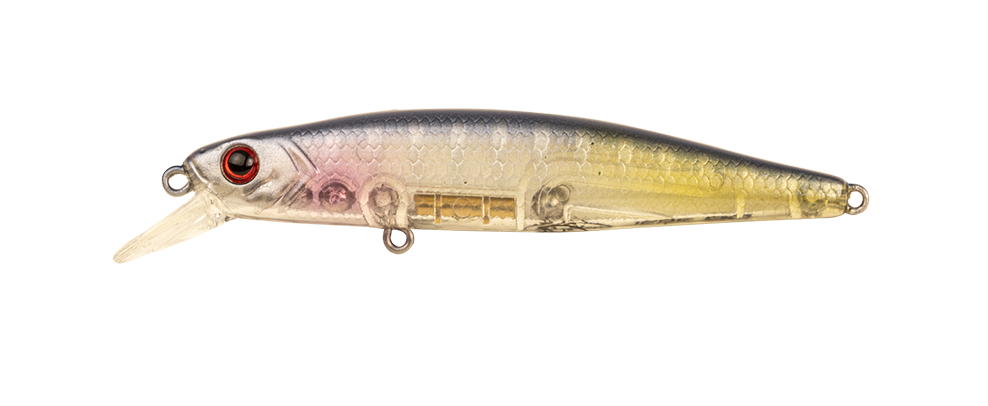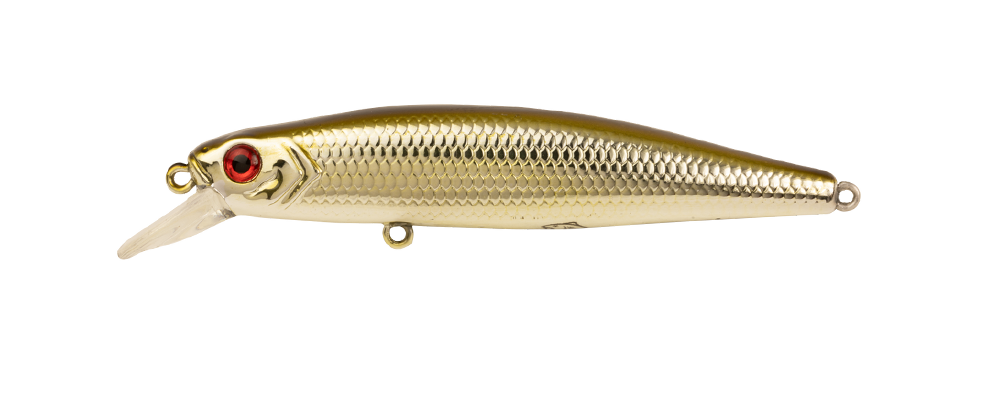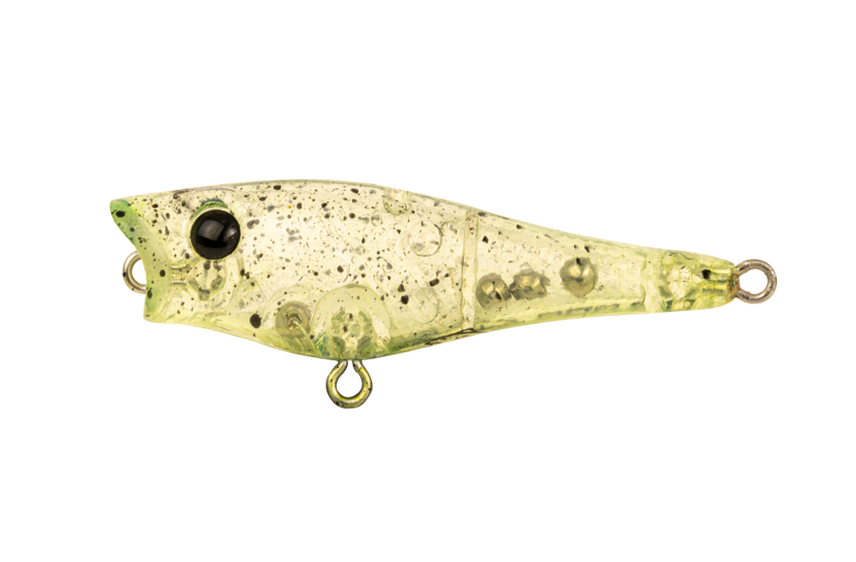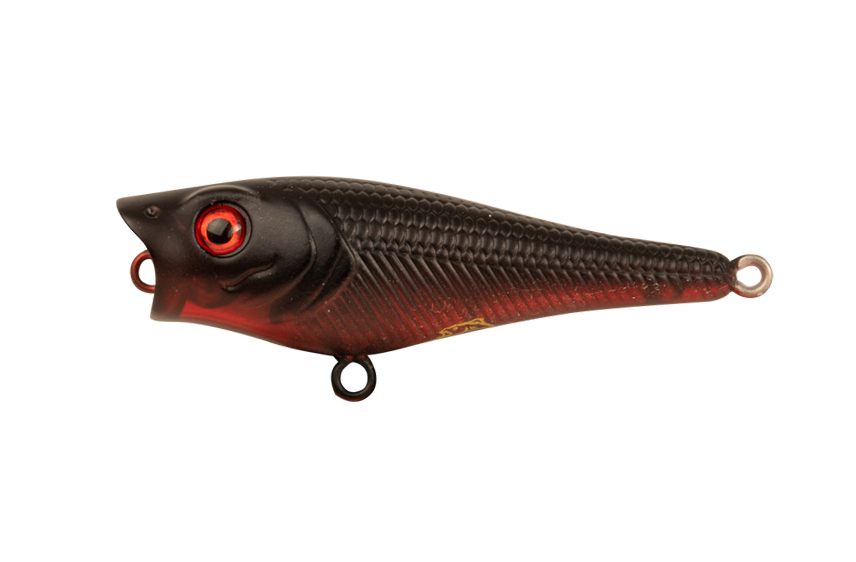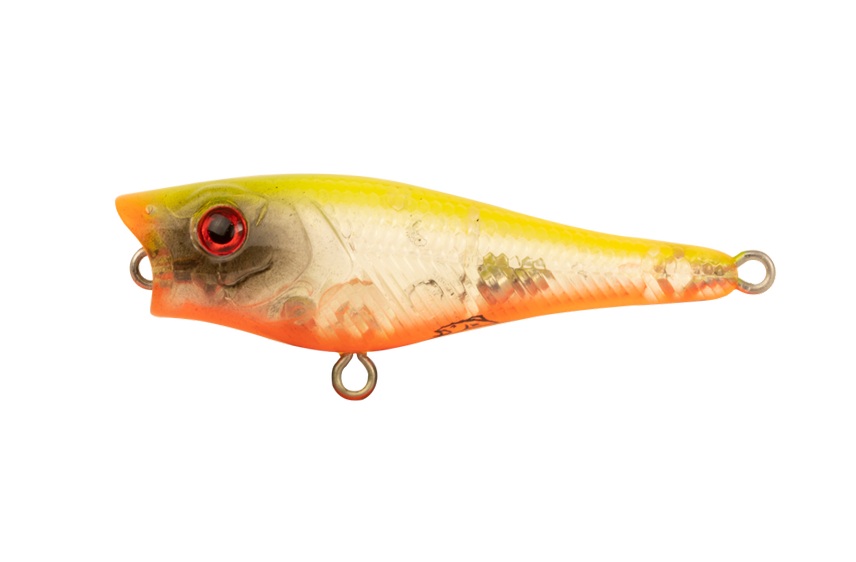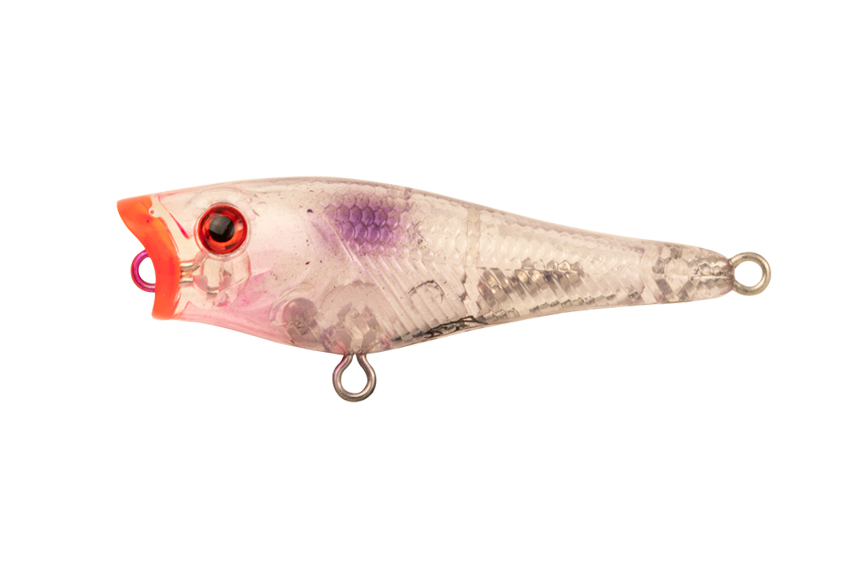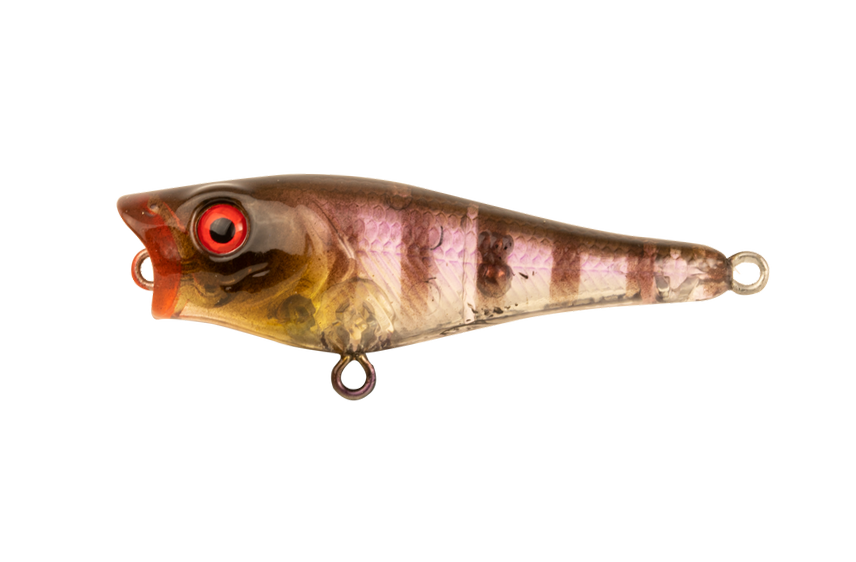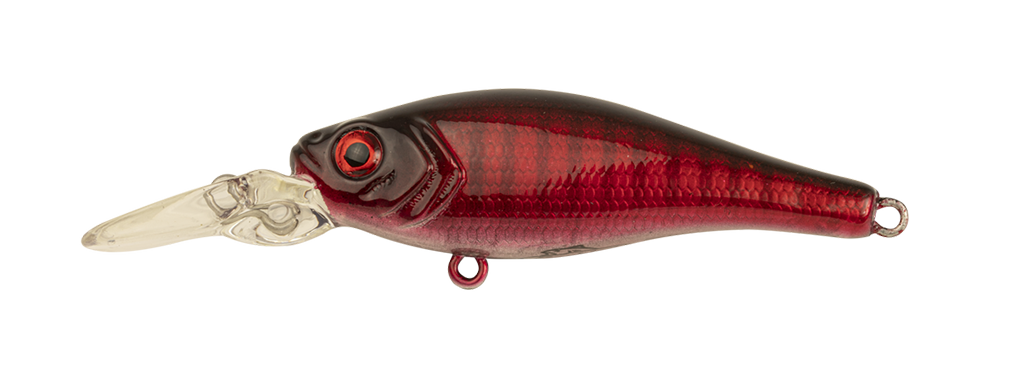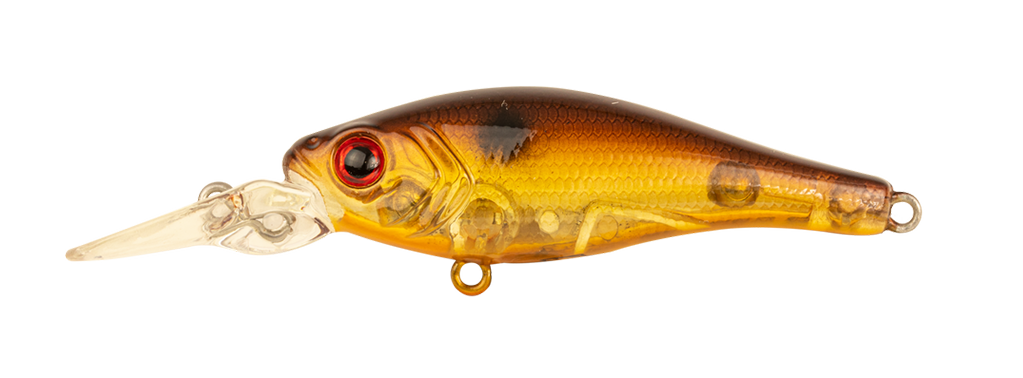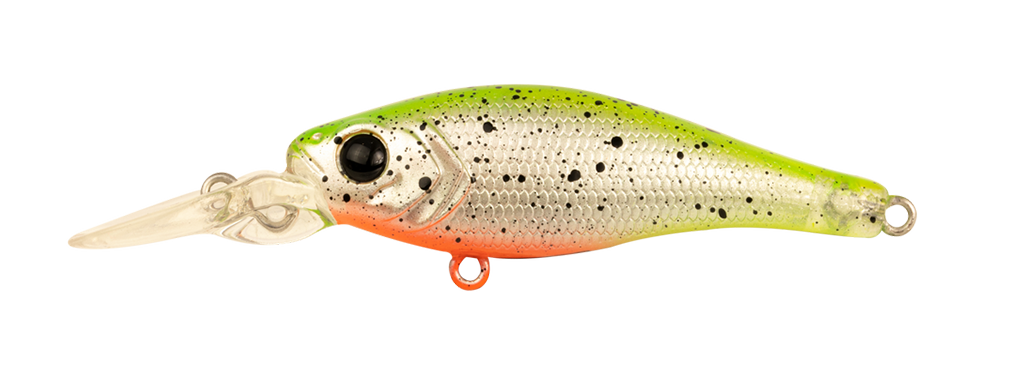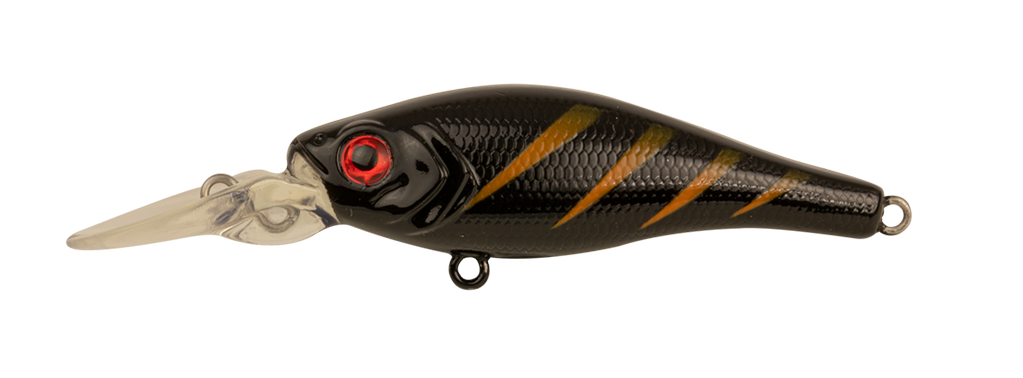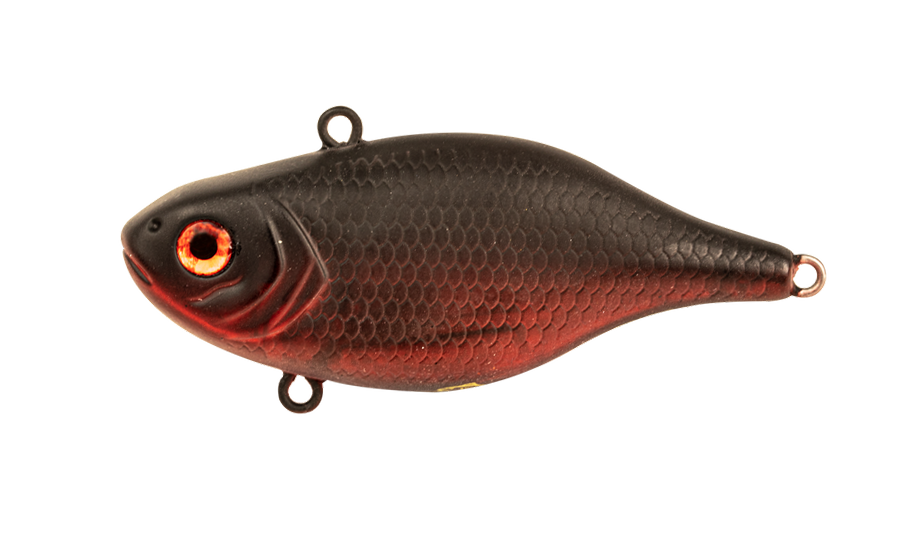ON THE EDGE, OVER BASS
Our dams (or stocked impoundments), remain incredibly popular destinations across our country.
Often very large bodies of water many choose to fish deep after locating fish on their sounder and employ the successful techniques of dropping blades, vibes and soft plastics to what are hopefully hungry fish. Often over looked are the edges themselves and casting lures at our edges is not only highly successful but in my opinion far more exciting.

Understanding the edges
First and foremost it is incredibly important to emphasise here that ‘stocked fish’ can behave vastly different to fish encountered in the wild. I have always believed that in many instances they can be far more difficult to tempt than their cousins in the wild and can be very sensitive to change. Many factors do come into play here such as water temperatures, oxygen levels, available food sources, rain and barometric pressure with all contributing to how fish behave and respond along the edges and throughout our dams.
The edges themselves can literally teem with life and are the home of small baitfish, gudgeons and shrimp which all seek shelter amongst the thick blanket of weed. Aquatic snails and yabbies will also happily co-exist. The attractions for bass to move up into these areas are fairly obvious but the fish must do so at times that are also appealing. This is largely a factor governed by the the seasons and time of year. In winter it is rather common knowledge that fish school up down deep (in a futile attempt to breed) while also becoming fairly sluggish. The very crisp morning temperatures are very often a shut down period along the edges while the afternoons can see fish break away from the schools to seek that added warmth that may be found along the edges in shallower water. Here they not only find warmth but have the opportunity for a quick meal.

In a reversal of this scenario we can look at the summer period where temperatures very often exceed 30 degrees.
Here the edges commonly fish far better at dawn while the water temperatures are still that bit cooler and are appealing to the fish before reaching an uncomfortable level which sees fish retreat to deeper water.
Other events that are likely to occur are periods of heavy rainfall which presents yet another differing scenario again. Here bass often look to move up and onto newly flooded sections of bank to dine across these areas that are now seeing insects, worms, small frogs and spiders caught by surprise making themselves very easy meals for the highly predatory bass. A bite and opportunity such as this may only last a week or so as the flooded grass ultimately dies resulting in higher nitrogen levels which fish will retreat from.
The old saying of ‘ think like a fish’ needs to always be in an anglers mind and you should always look as to reasons ‘why’ fish would be holding along your chosen edge. Sum up the overall weather conditions, time of year and look to really probe the weed or timber edges for what hopefully will be, hungry bass.

Successful Lure Casting Techniques
Given the fact the edges will commonly feature rather shallow water and in many instances thick vegetation, some thought will always need to come into your lure selection. My preferred lures are always soft plastics rigged weedless and surface lures which generate those explosive takes we all love.
As one would expect soft plastics are incredibly effective on bass absolutely anywhere and the very clever evolvement of being able to fish plastics as ‘weedless’ presentations has been a huge bonus to all anglers. We are now able to take a soft plastic and rig it in the correct fashion using one of the many worm style hook patterns available on todays market. This has enabled us to cast our offerings amongst thick vegetation and timber snags without the fear of an immediate foul up.
Worm style hook patterns do come in many differing sizes and are available as either weighted or unweighted hooks. In more recent times my preference has become the Owner Twist Lock worm hooks and with the very cleverly designed ‘spring twist lock’ holder, rigging your chosen soft plastic is an absolute synch. In combination with the new 3 inch GULP Nemesis and 4 inch Powerbait Nemesis these weedless offerings have proven to be incredibly effective along the dam edges. The design of the Nemesis baits is such that the tail generates a wild and seriously realistic action that fish simply cannot resist. My preferred technique along the edges is to take either Nemesis offering and simply shuffle or swim the lure away slowly with a following pause phase. It is on this pause phase that many fish are suckered into that all important bite.

Surface lures always bring about another level of excitement when targeting bass along our edges. It is a highly visual and an addictive form of angling that you will never be able to get enough of. Surface poppers and surface walking stick baits share is the success here and I have had days where poppers seem to perform better and then those where surface stick baits will totally dominate. The easy solution here is to carry both. Berkley’s 68mm Scum Dog surface walkers and the Owner Cultiva ‘Gobo’ poppers are two I would strongly recommend to any angler. Both are seriously effective and when worked along the edges while incorporating a pause phase the only thing that is sure to happen is a destructive annihilation from a big thick set bass.
I have had bass get completely airborne on takes at times and an angler does need to on guard or the fish can very quickly have you bricked back into the weed or neighbouring structure.

Gear Selection
While both bait casting and spinning set ups can be used successfully it is the spinning gear that is far more versatile for this lure casting edge work. When it comes to the more ultra light plastics rigged weedless and smaller hardbodied divers a well balanced spinning outfit is superior and far more user friendly. A set up comprising of a 2-4kg rod and reel in the 2000-2500 size range is a great starting point while if you are like myself and love to fish ultra light you can drop down that little bit further to a 1-3kg rod. Over this you can decide whether to run the likes of 4-8lb braid and once set up correctly you will be holding an outfit that offers both the much needed sensitivity feel. For all my impoundment work I chose to use the Pflueger Patriarch 1-3kg rods in combination with the Pflueger Supreme MG reels. The combinations are ideal and the fast action these rods possess is a huge bonus for both soft plastic work and surface walking lures.

Summer is Coming
With summer literally on our doorstep the time to get moving in NOW. Insect activity is increasing and fish are feeding. Look to probe the edges and enjoy the aggressive ‘edge bites’ that will keep you coming back for more.



